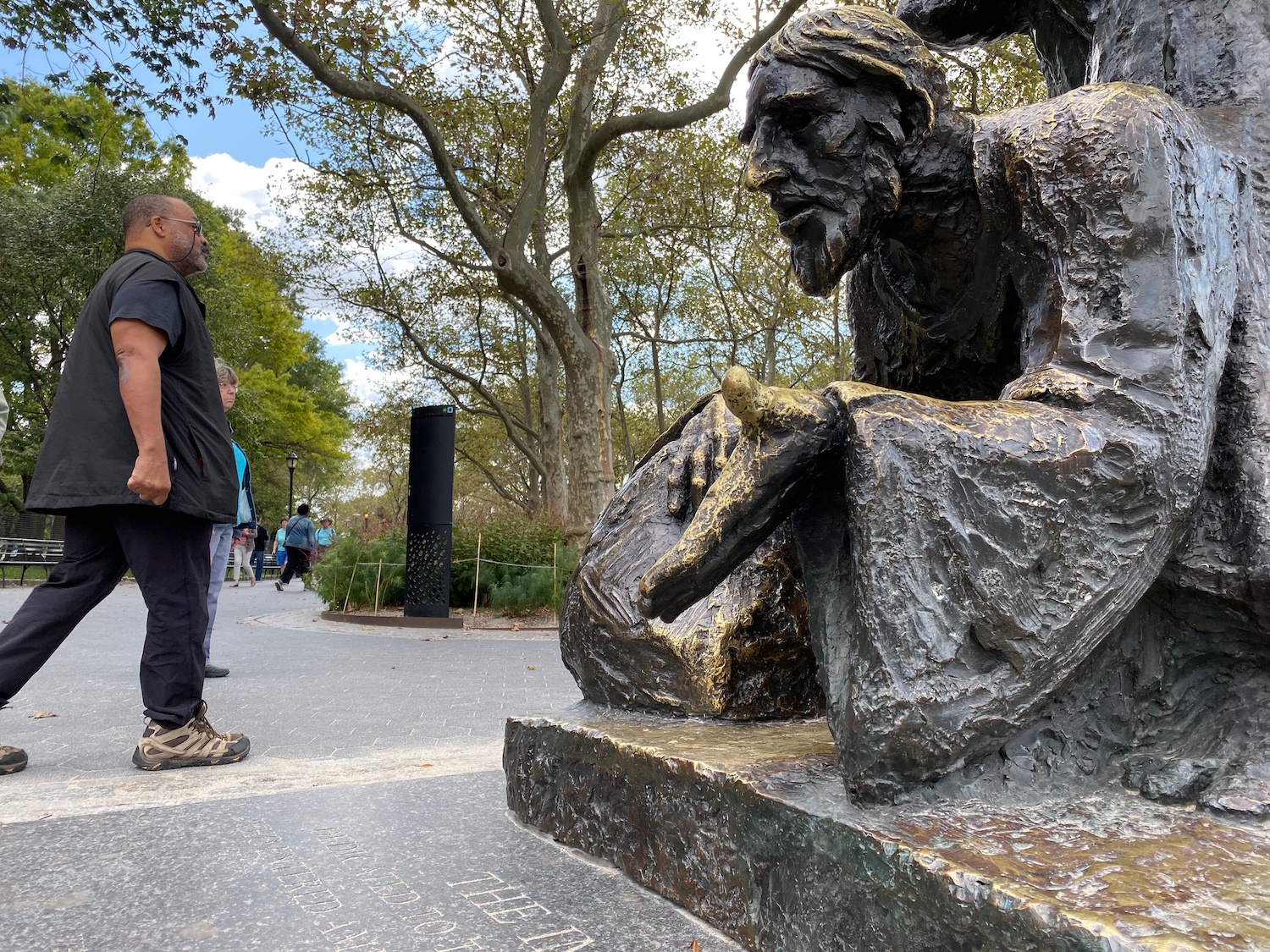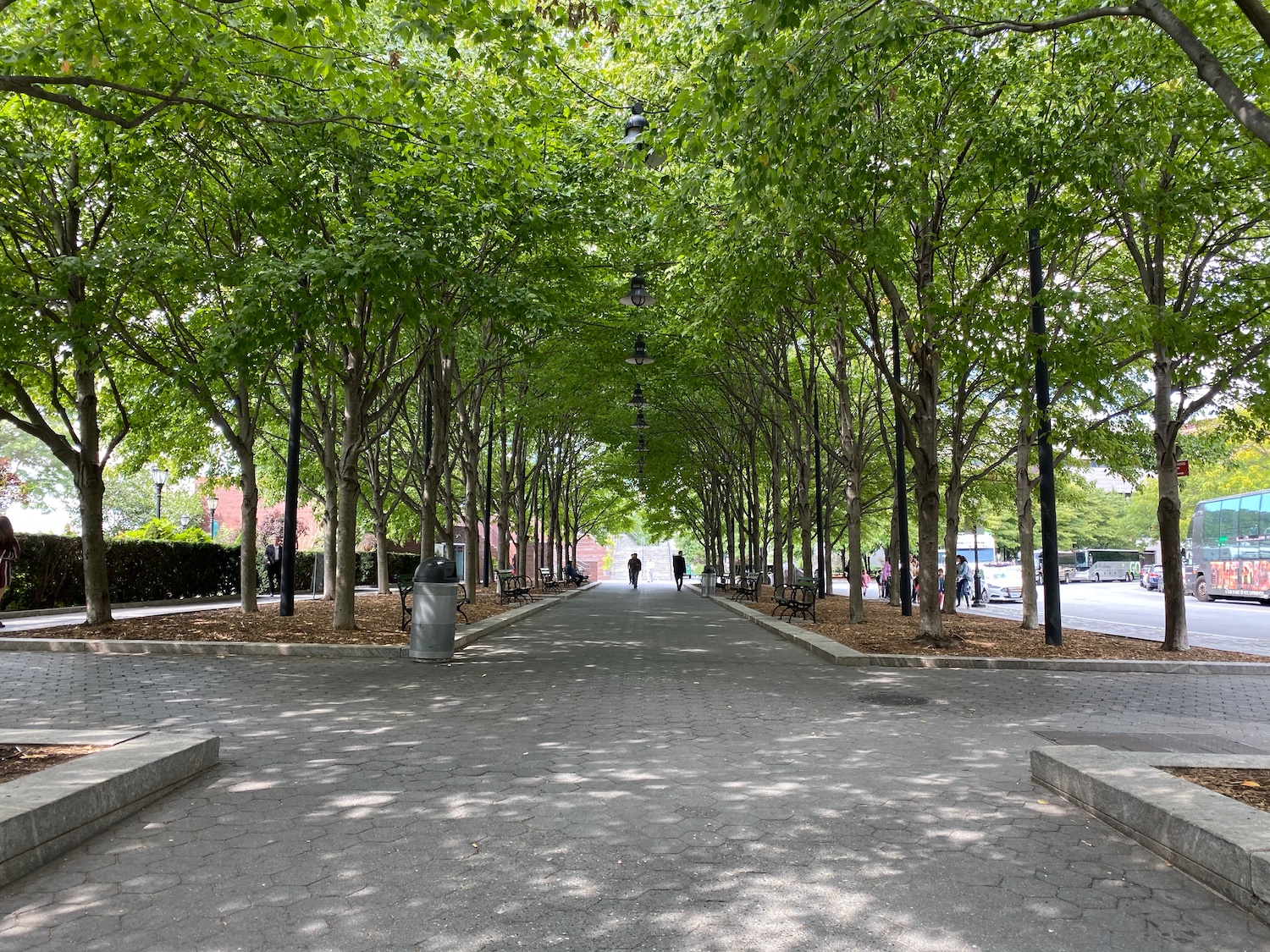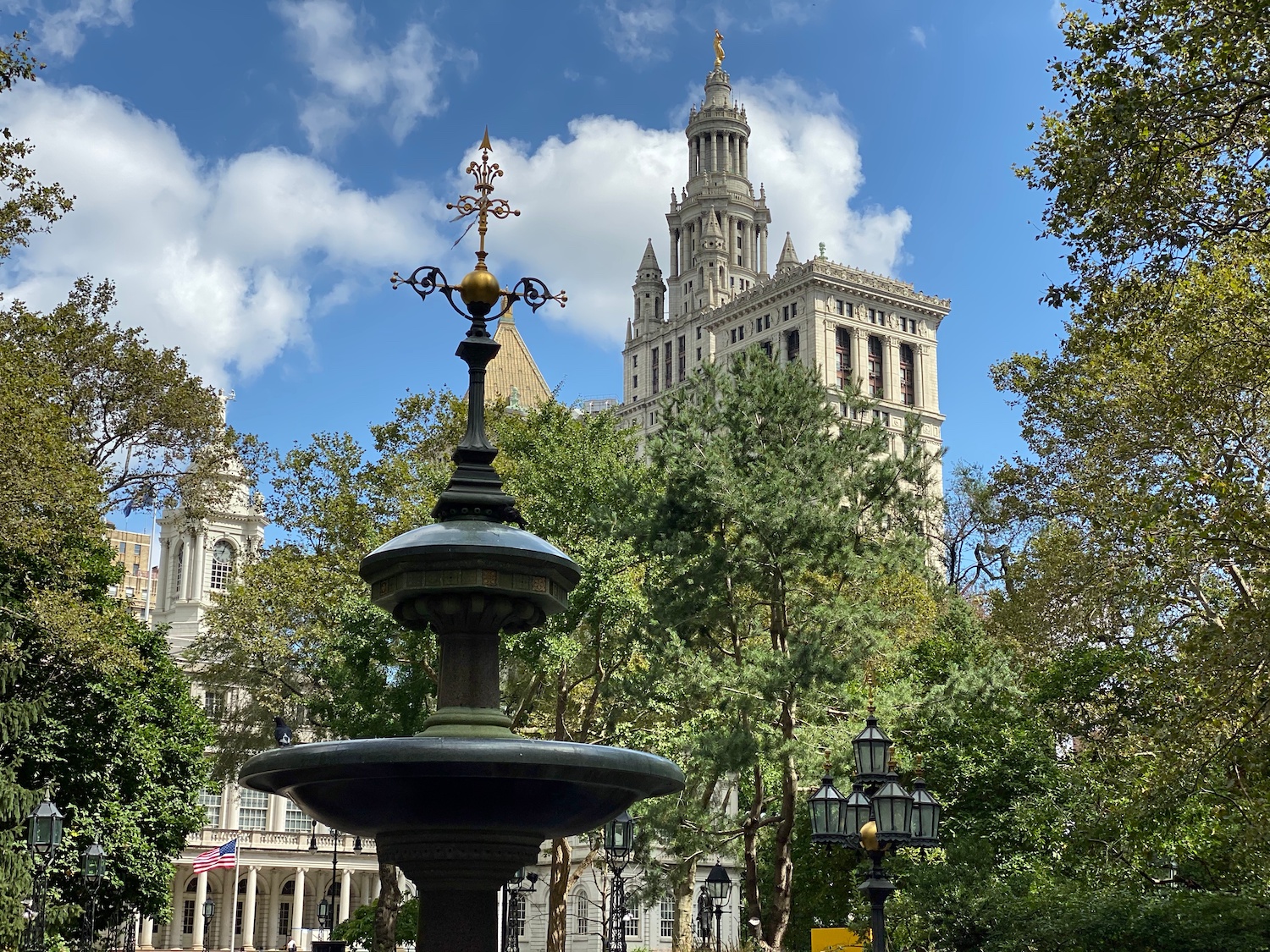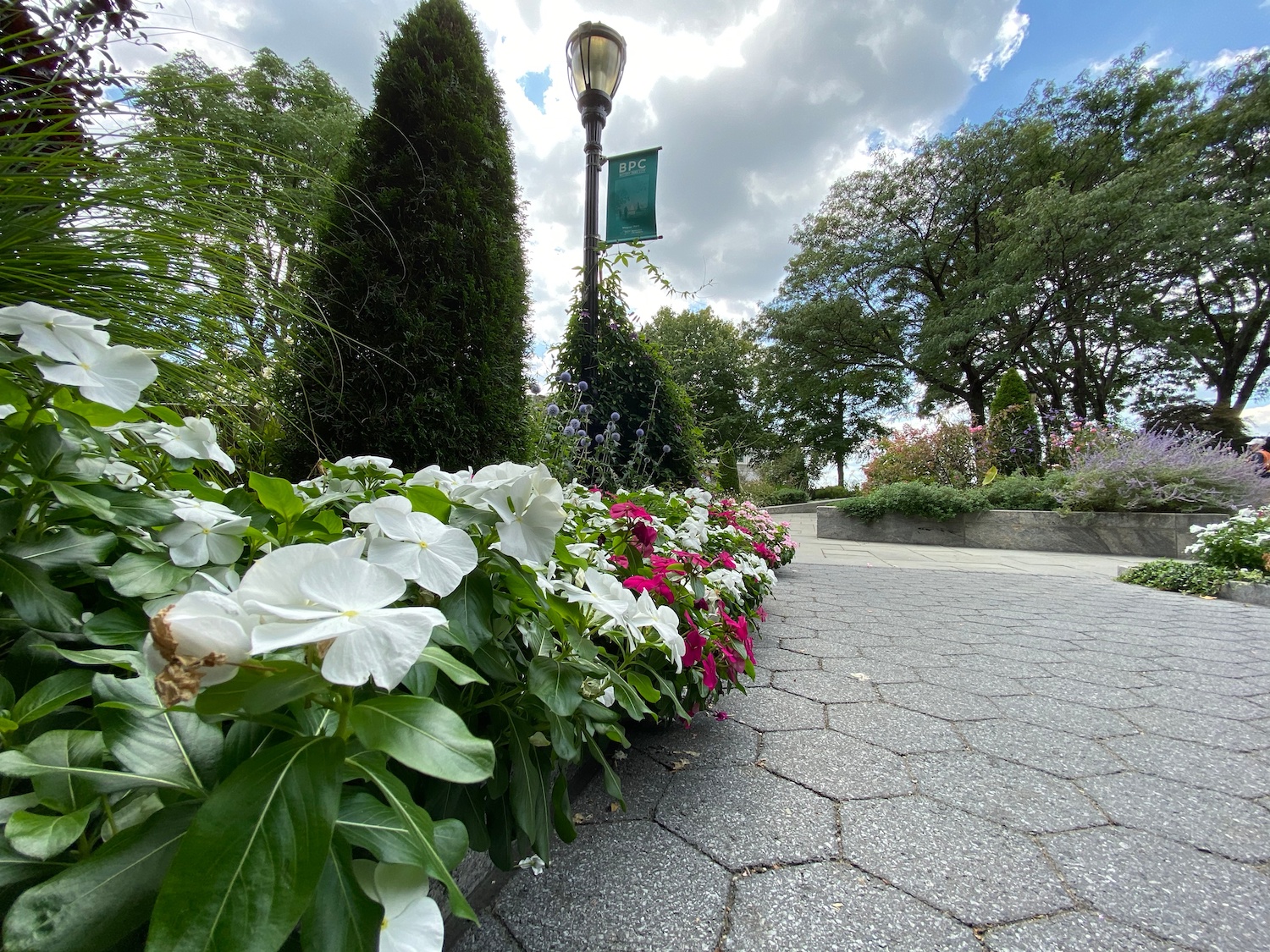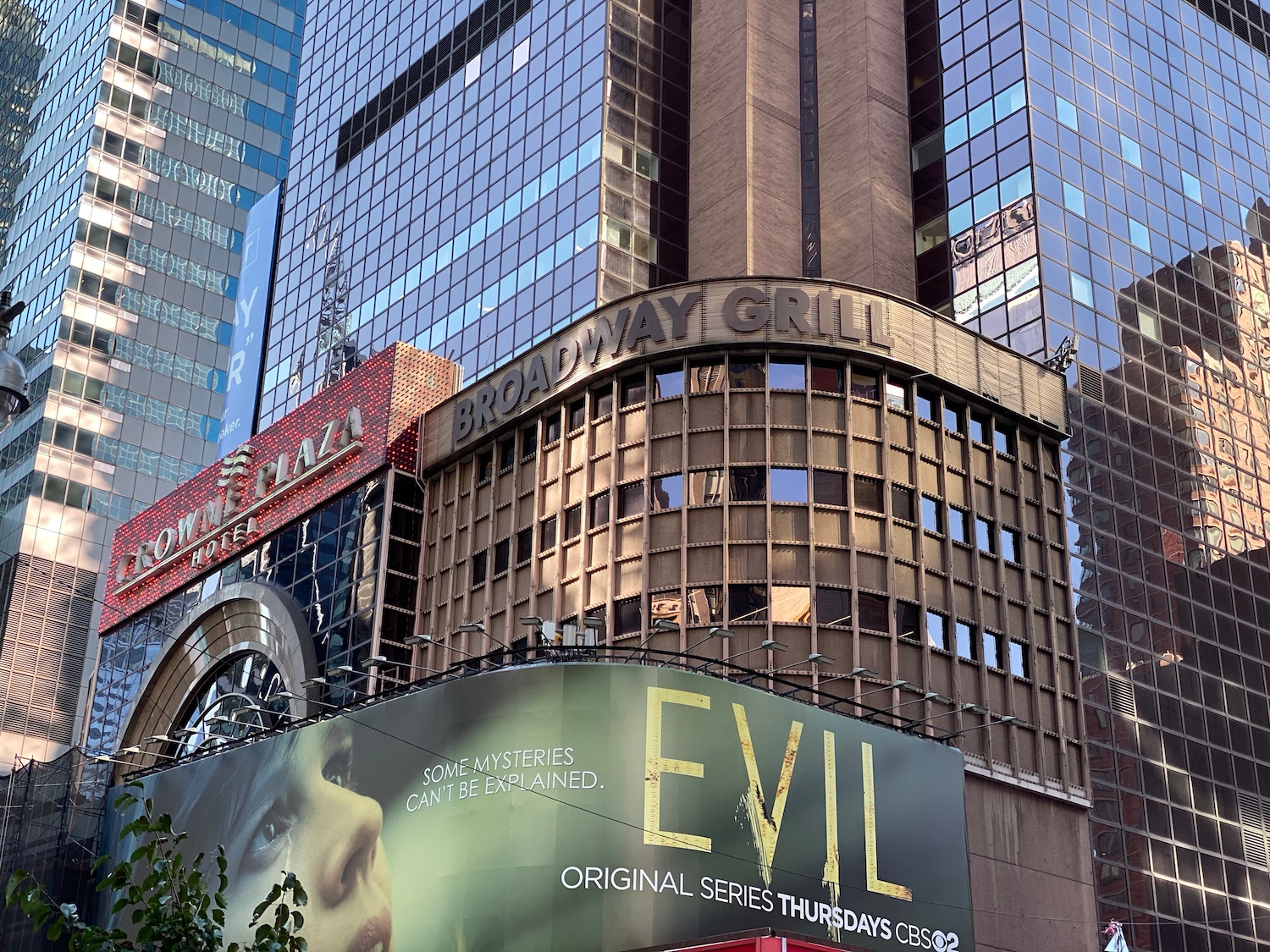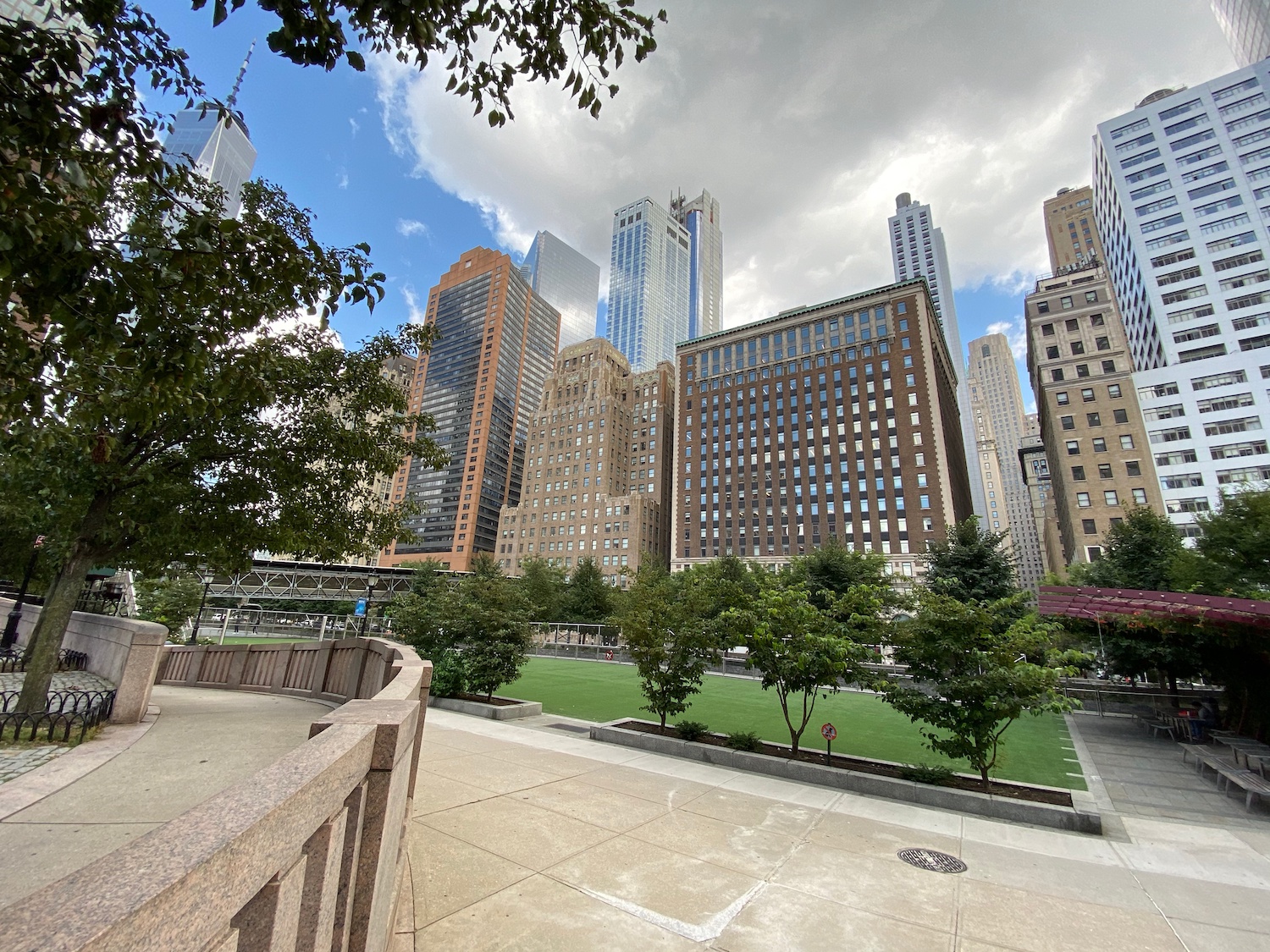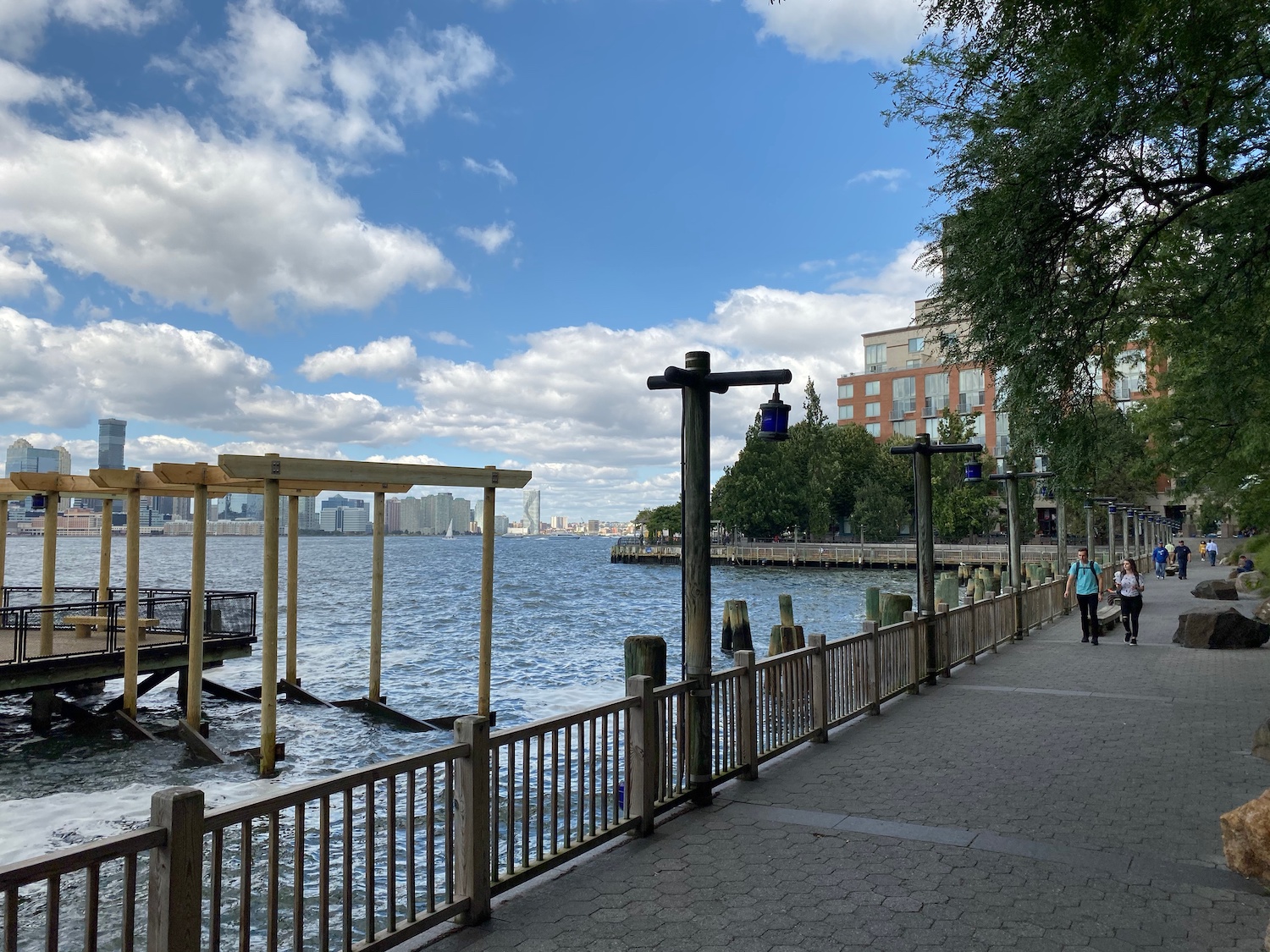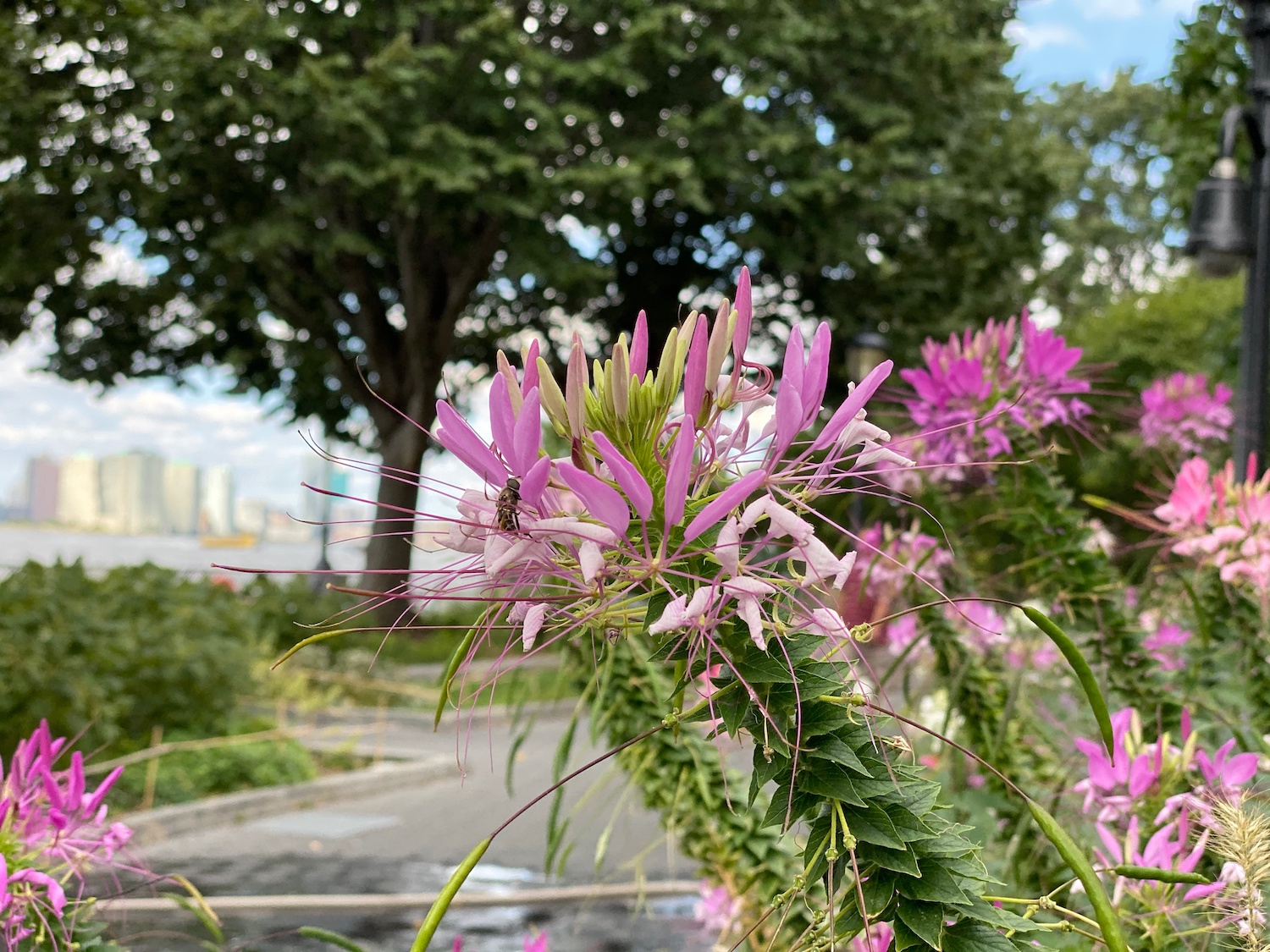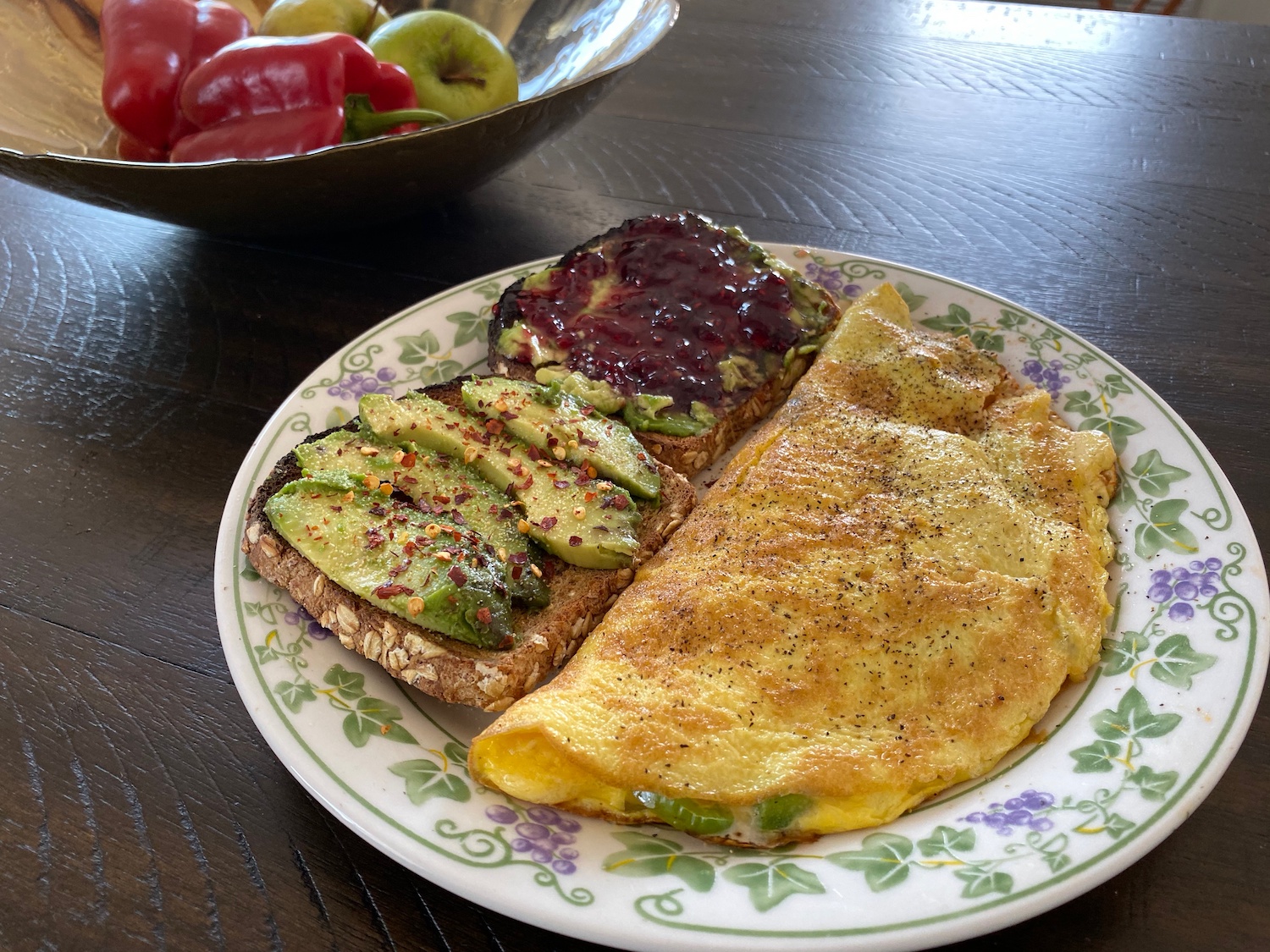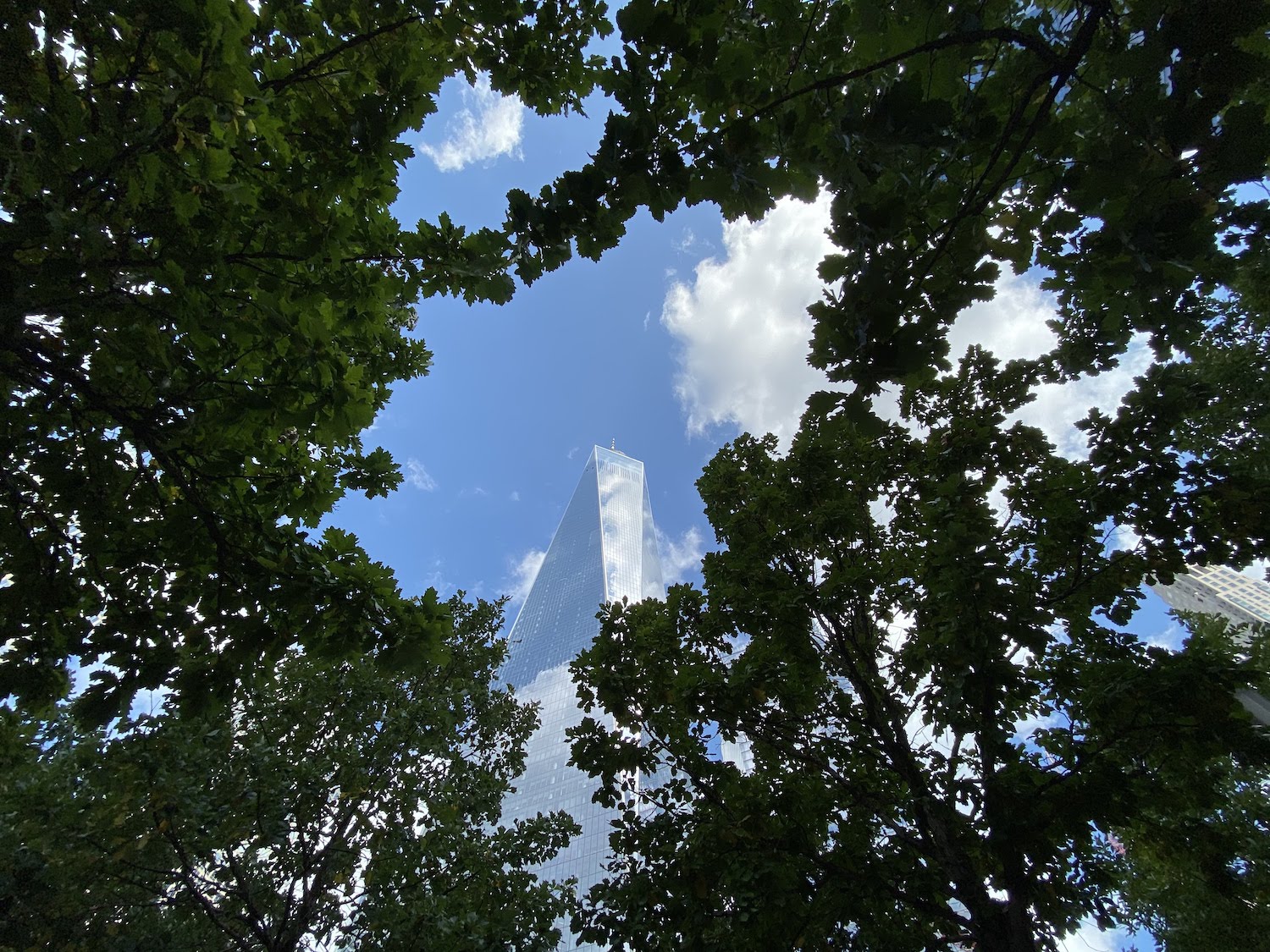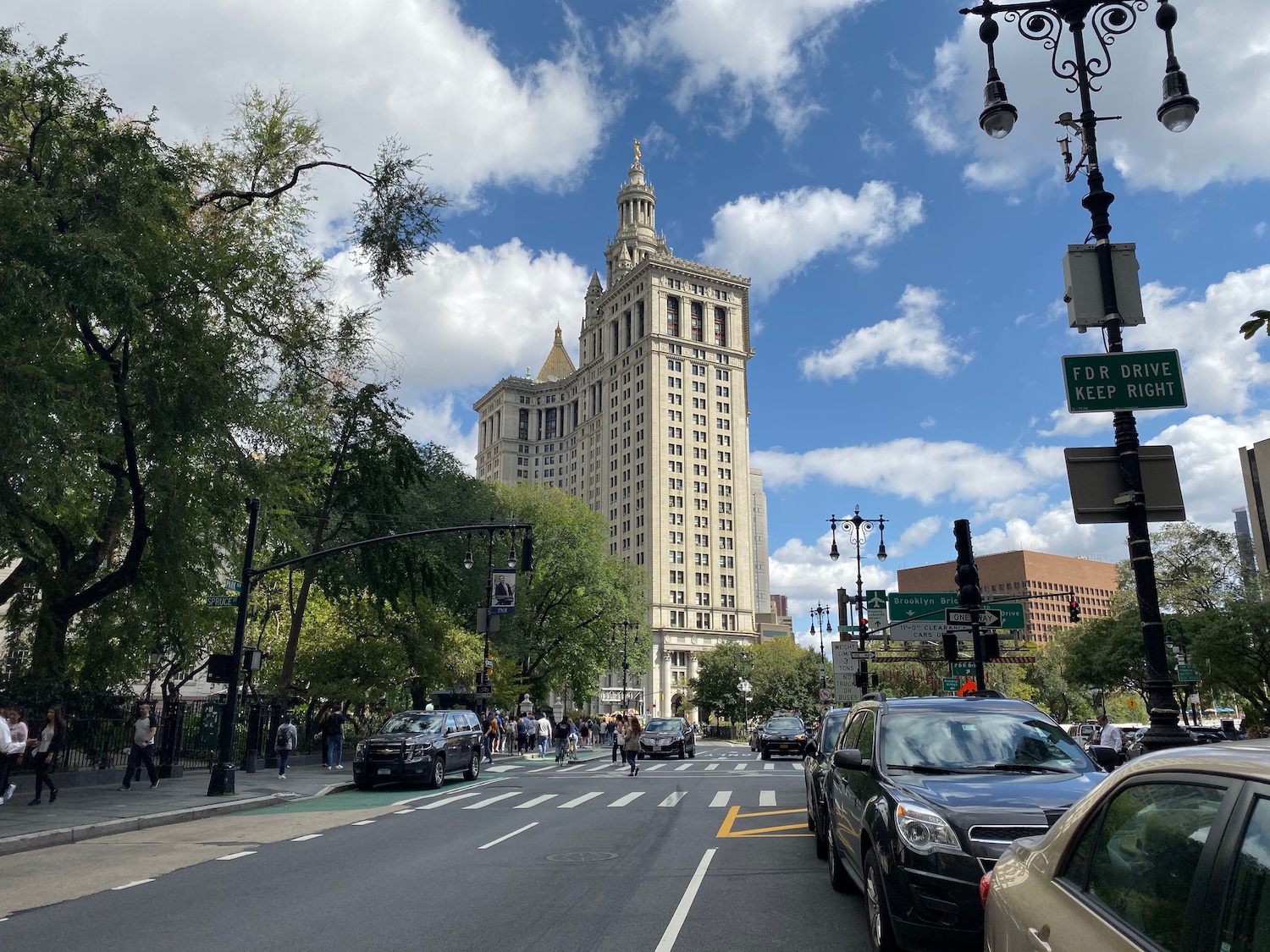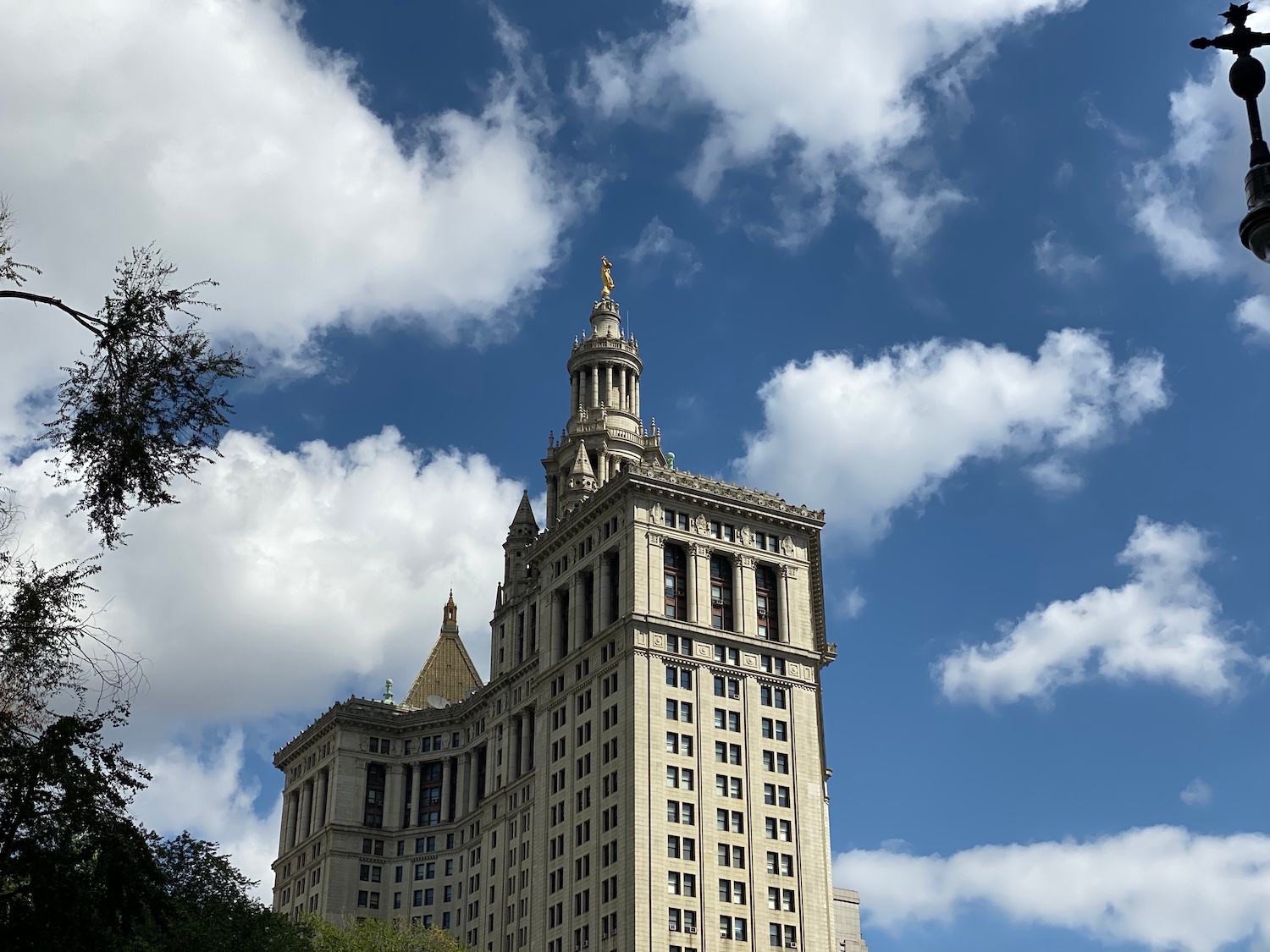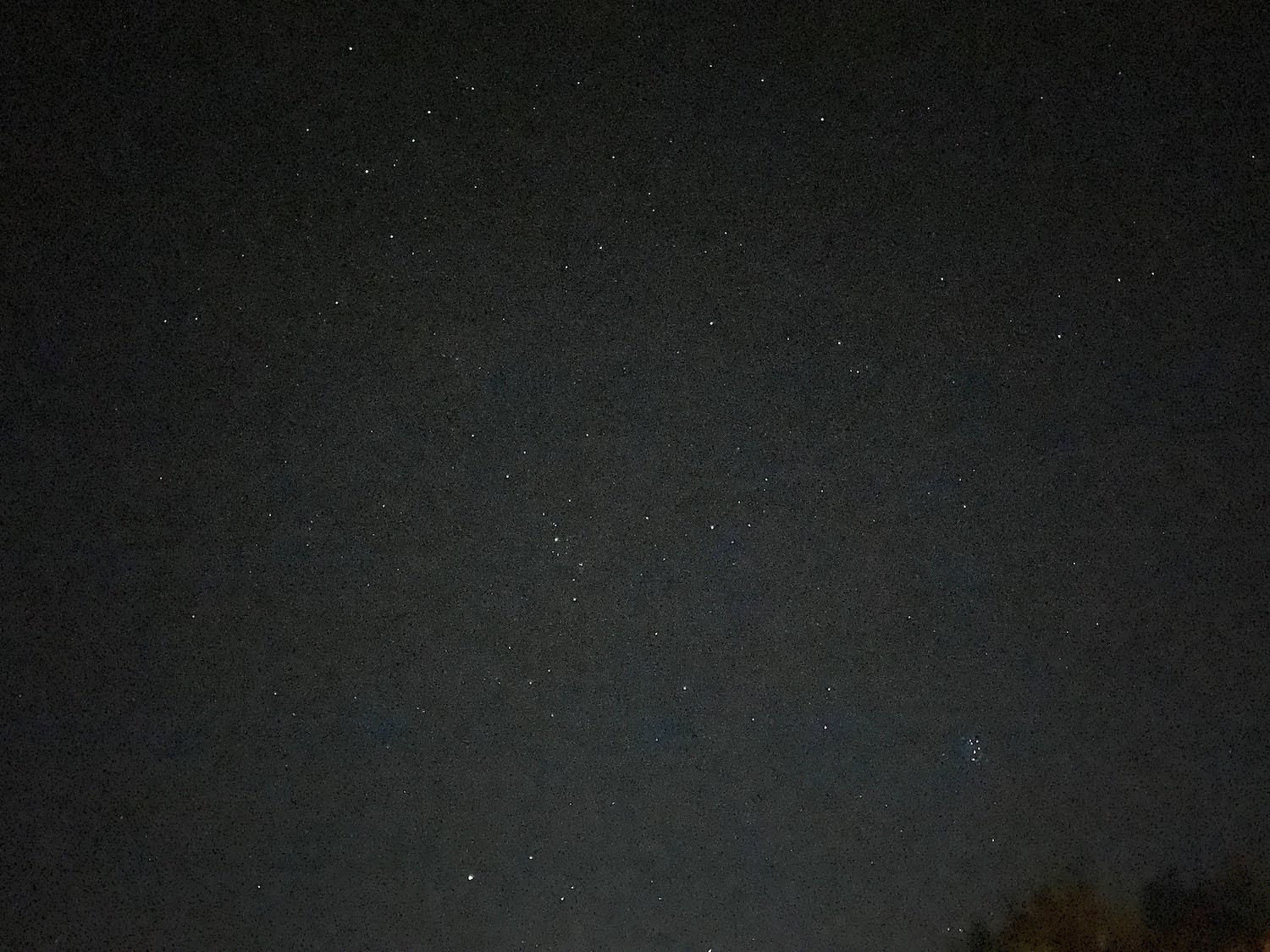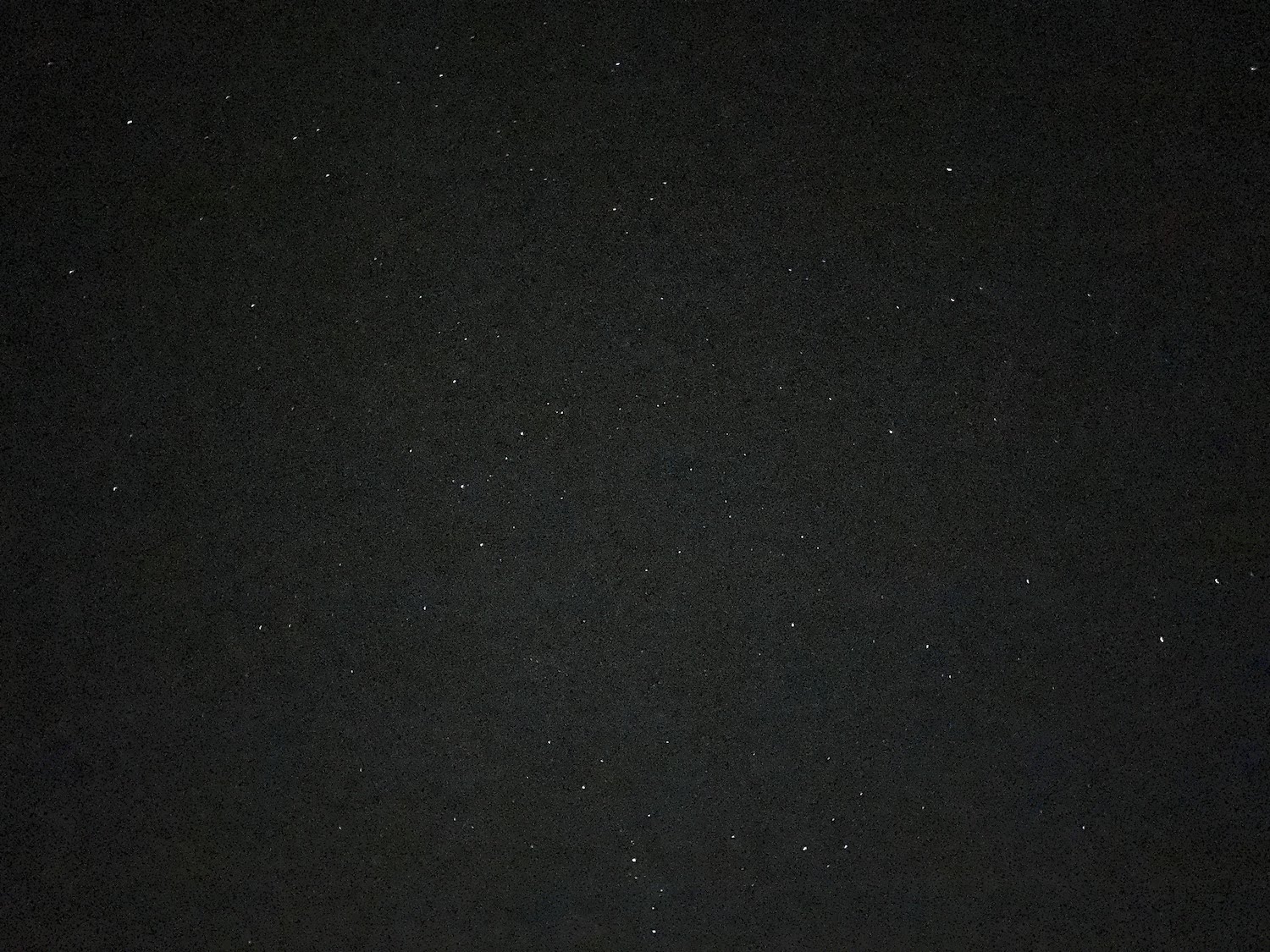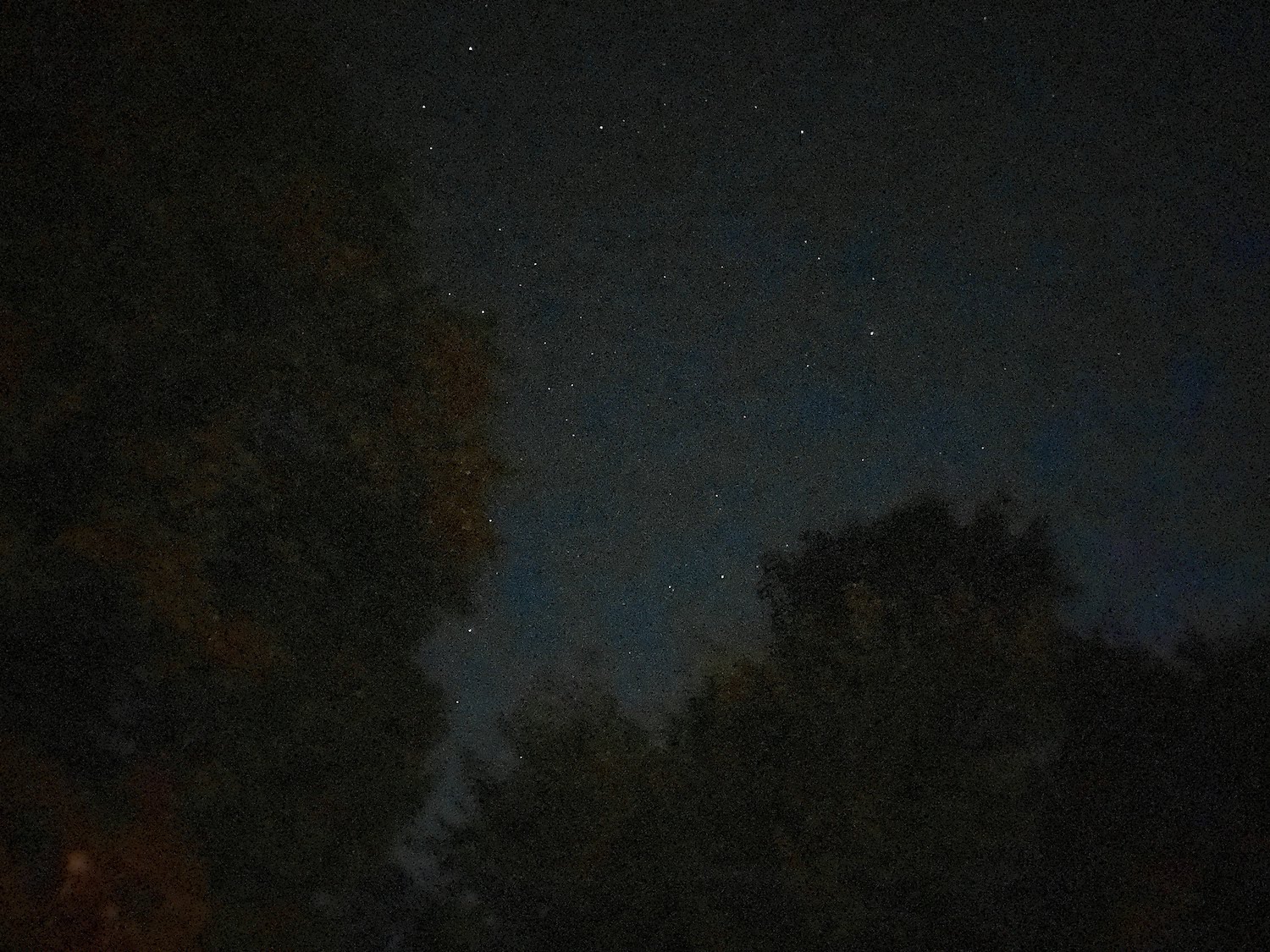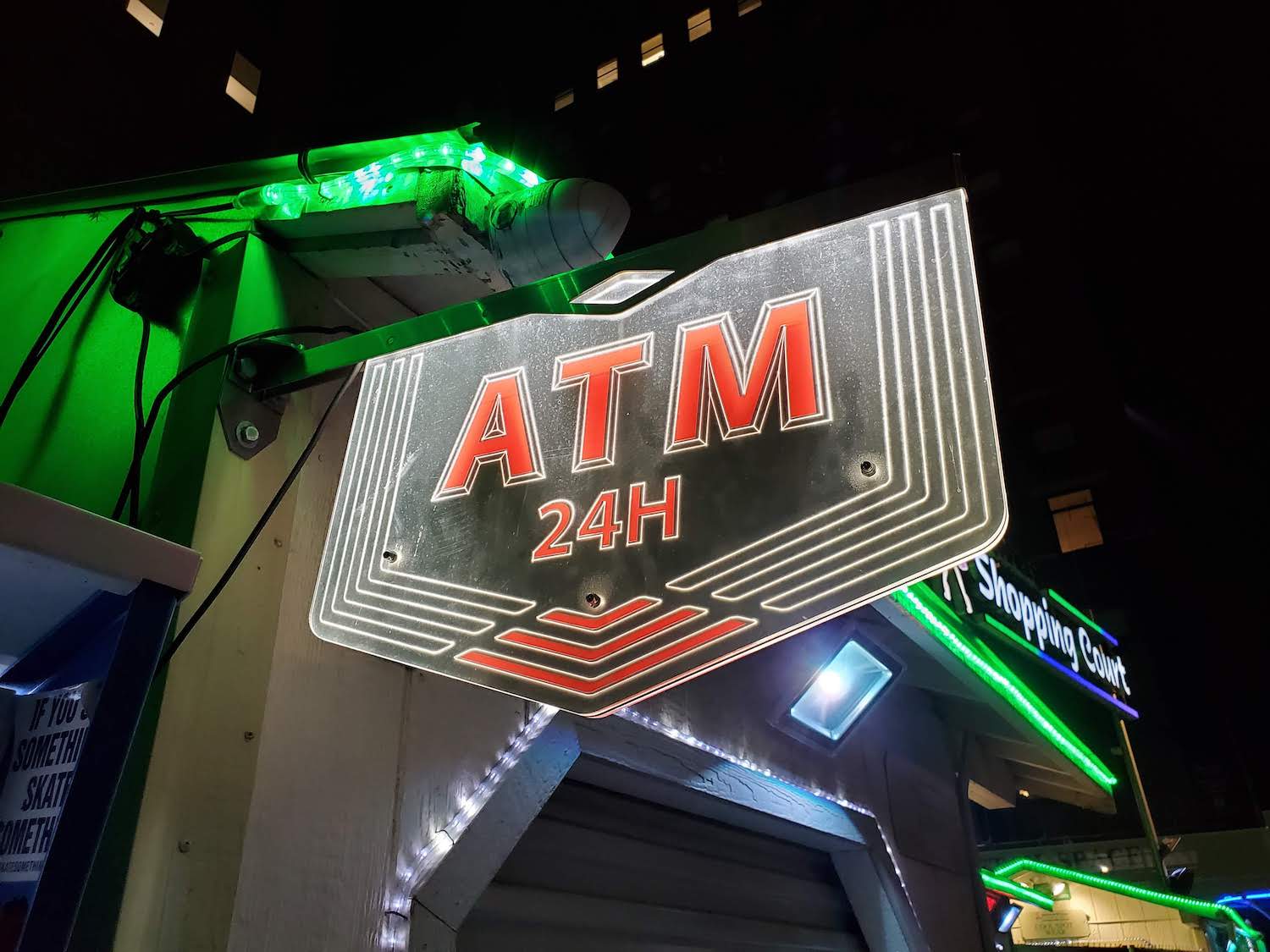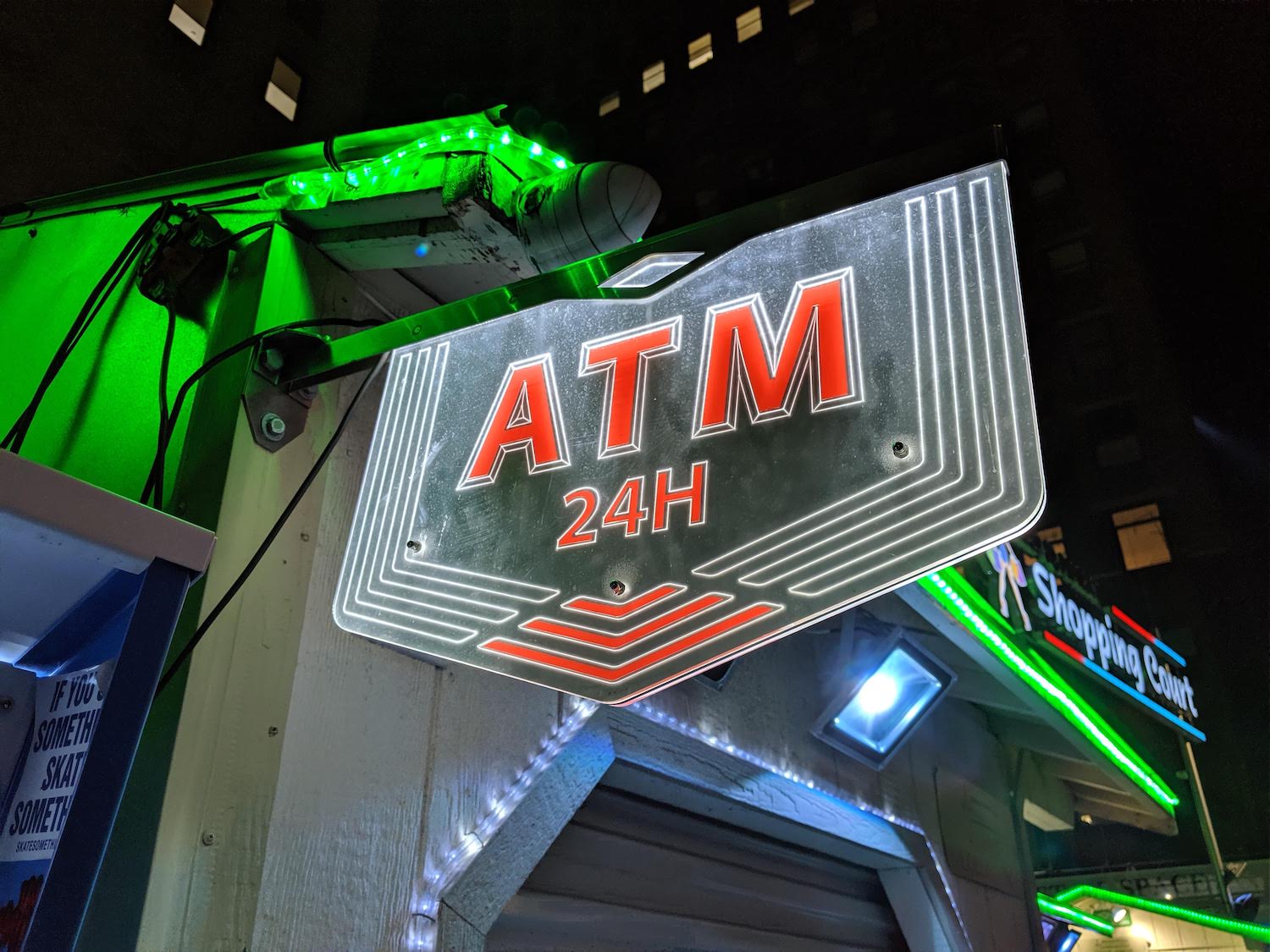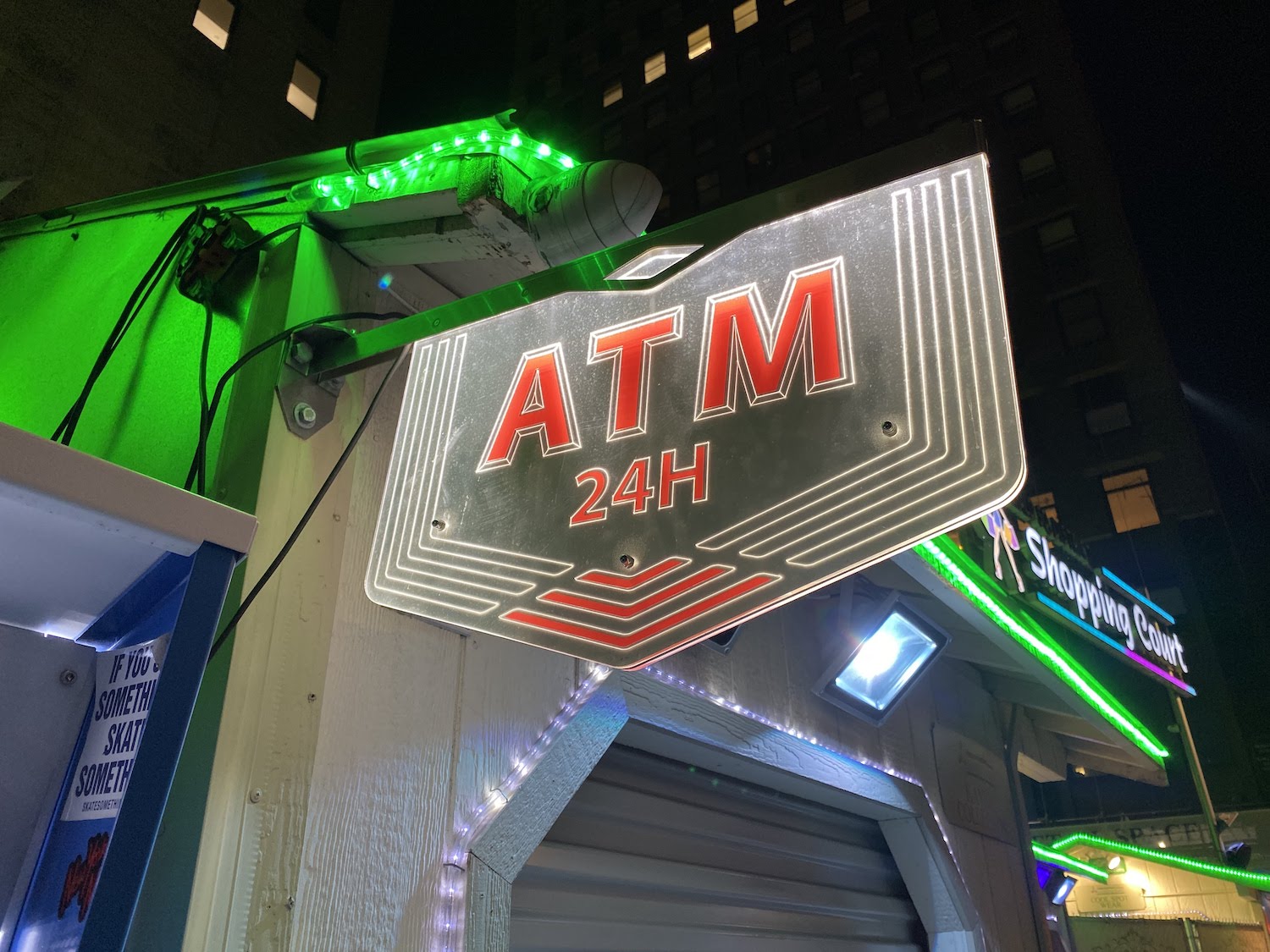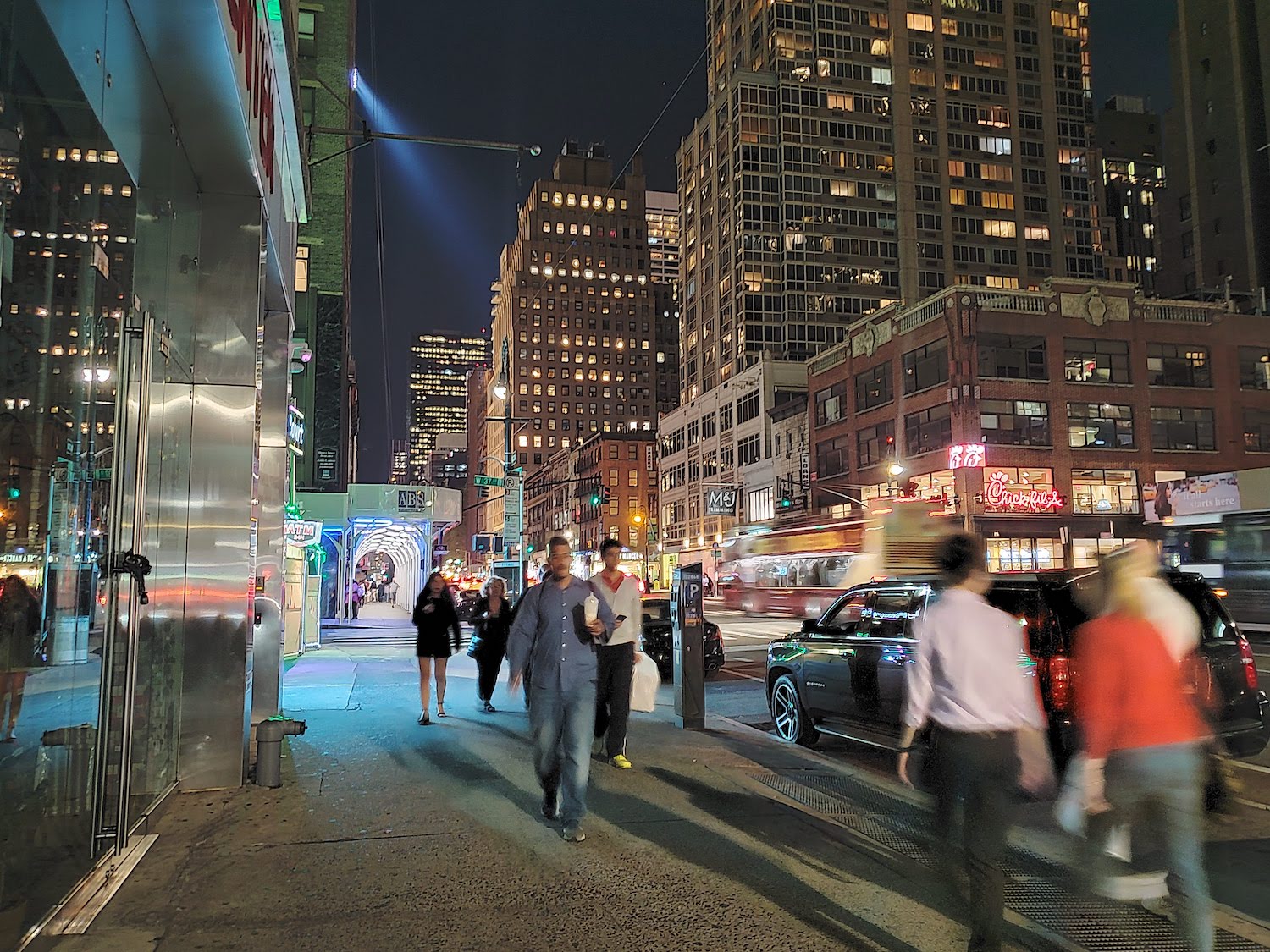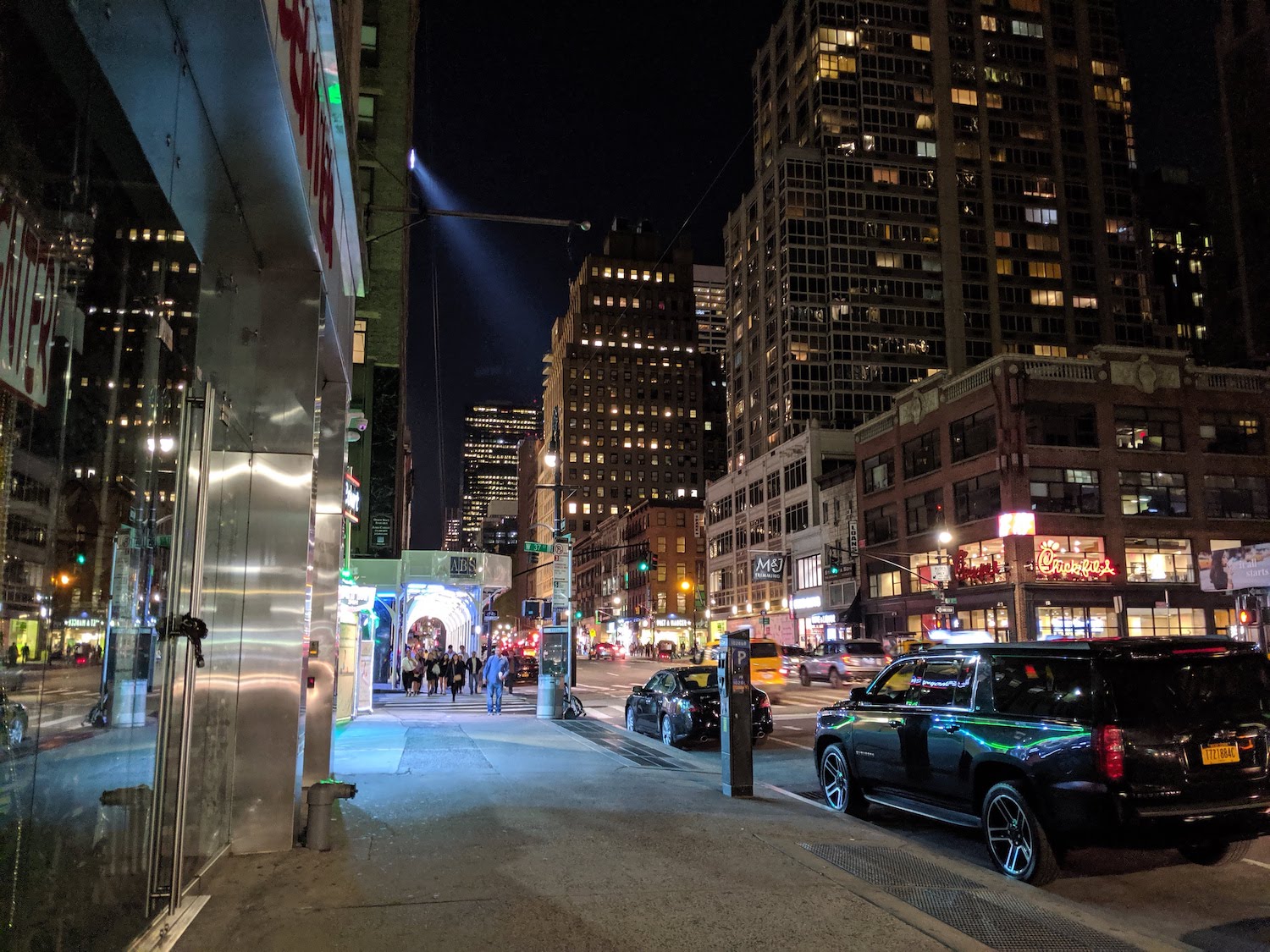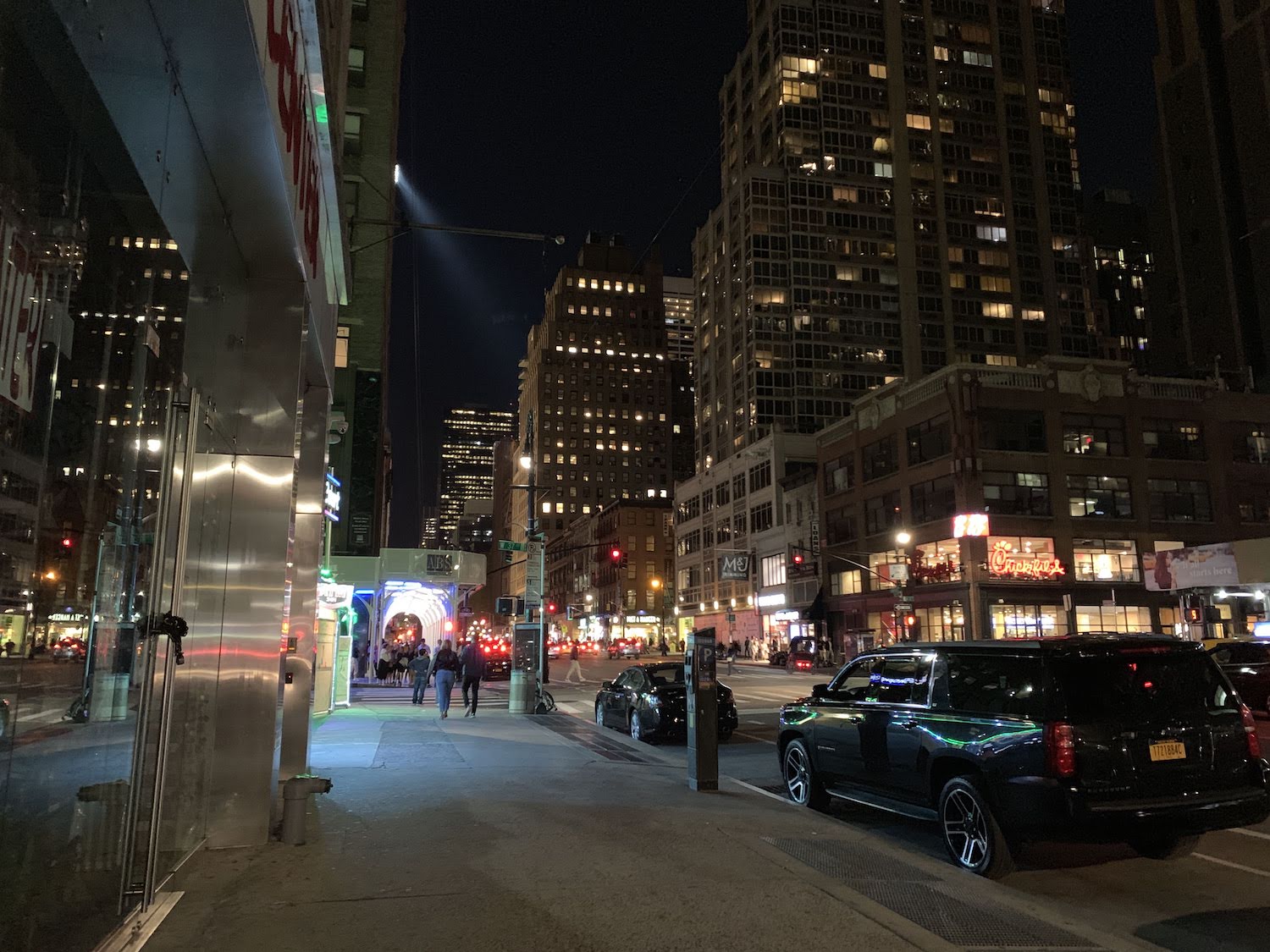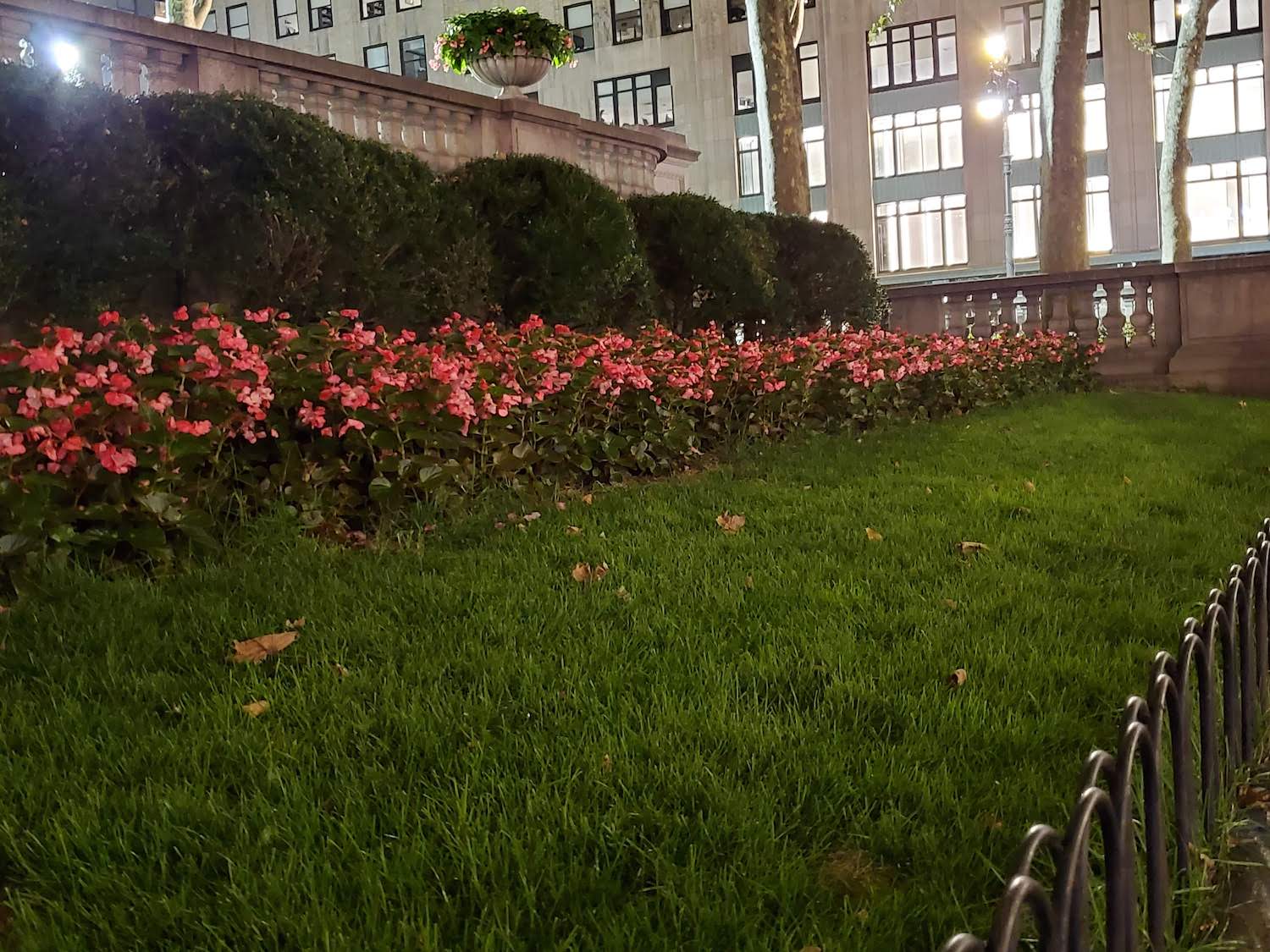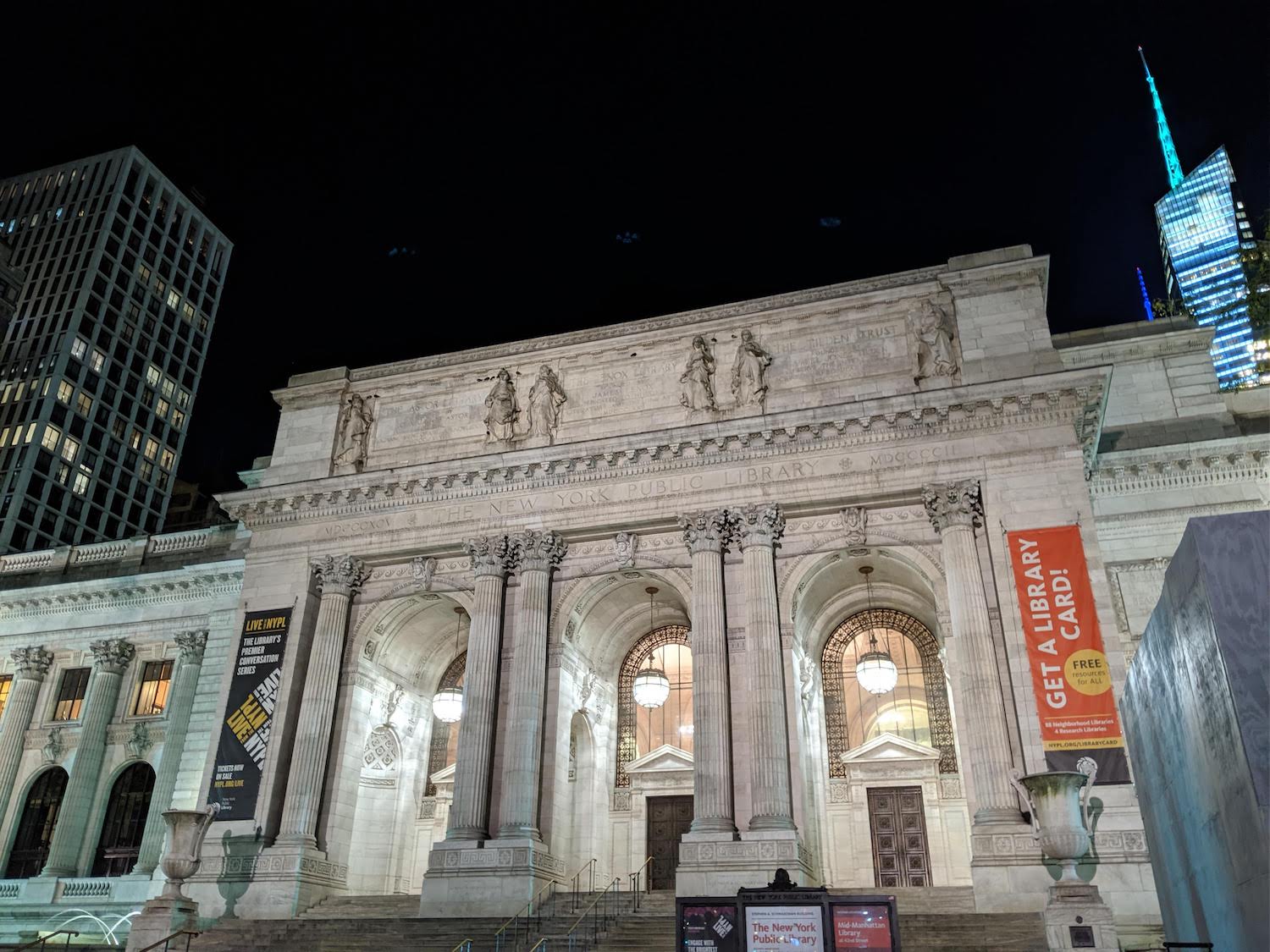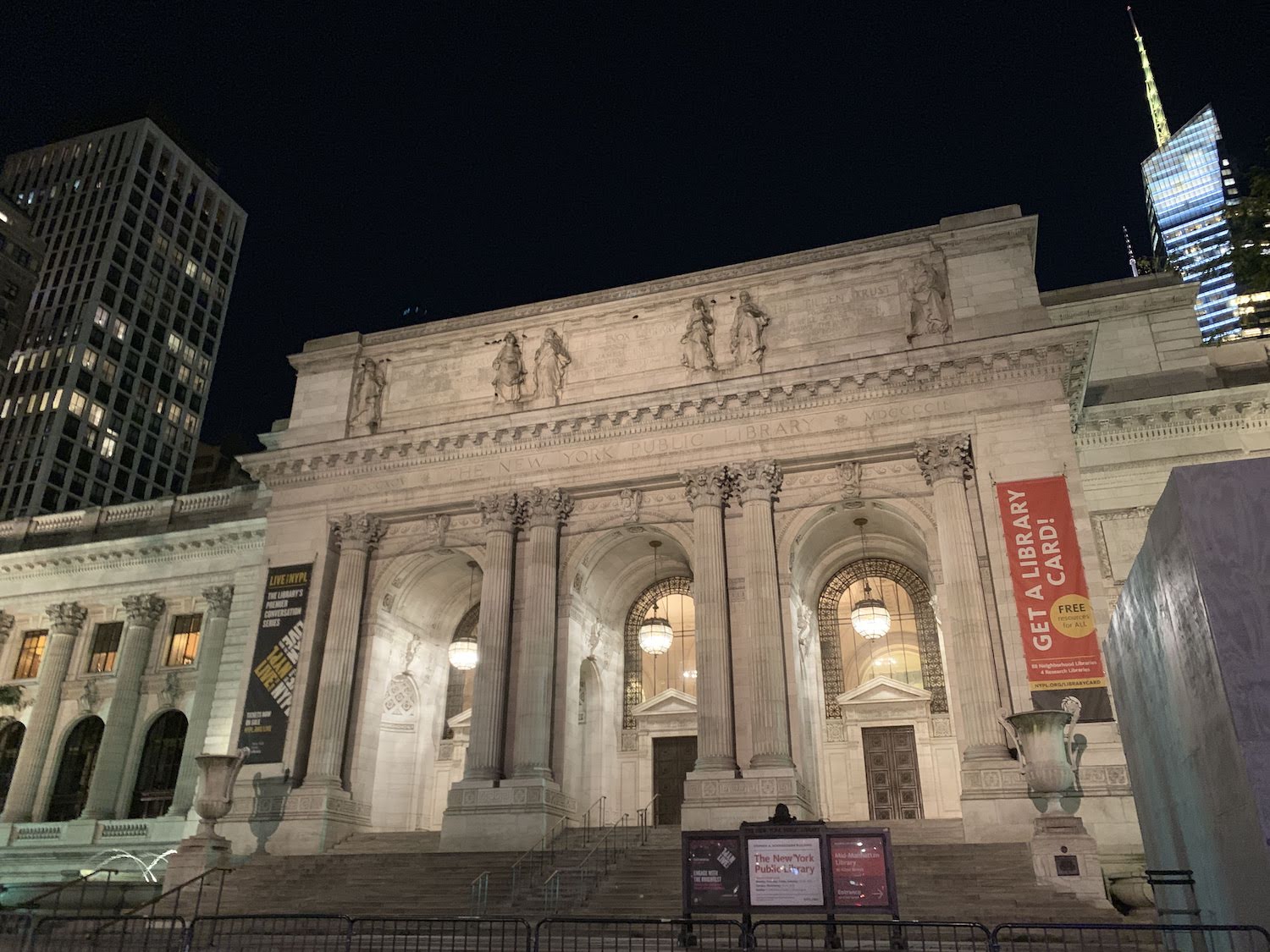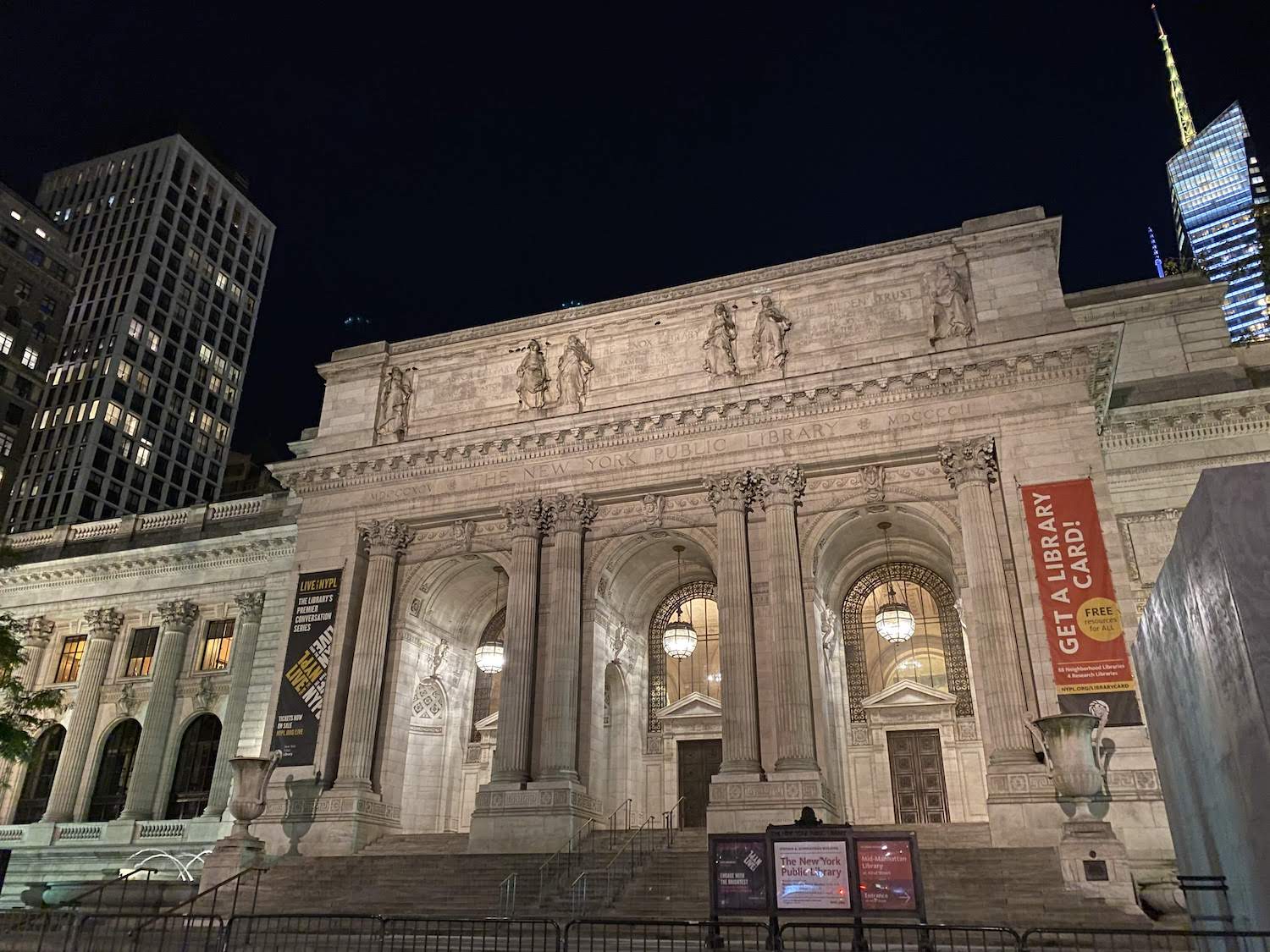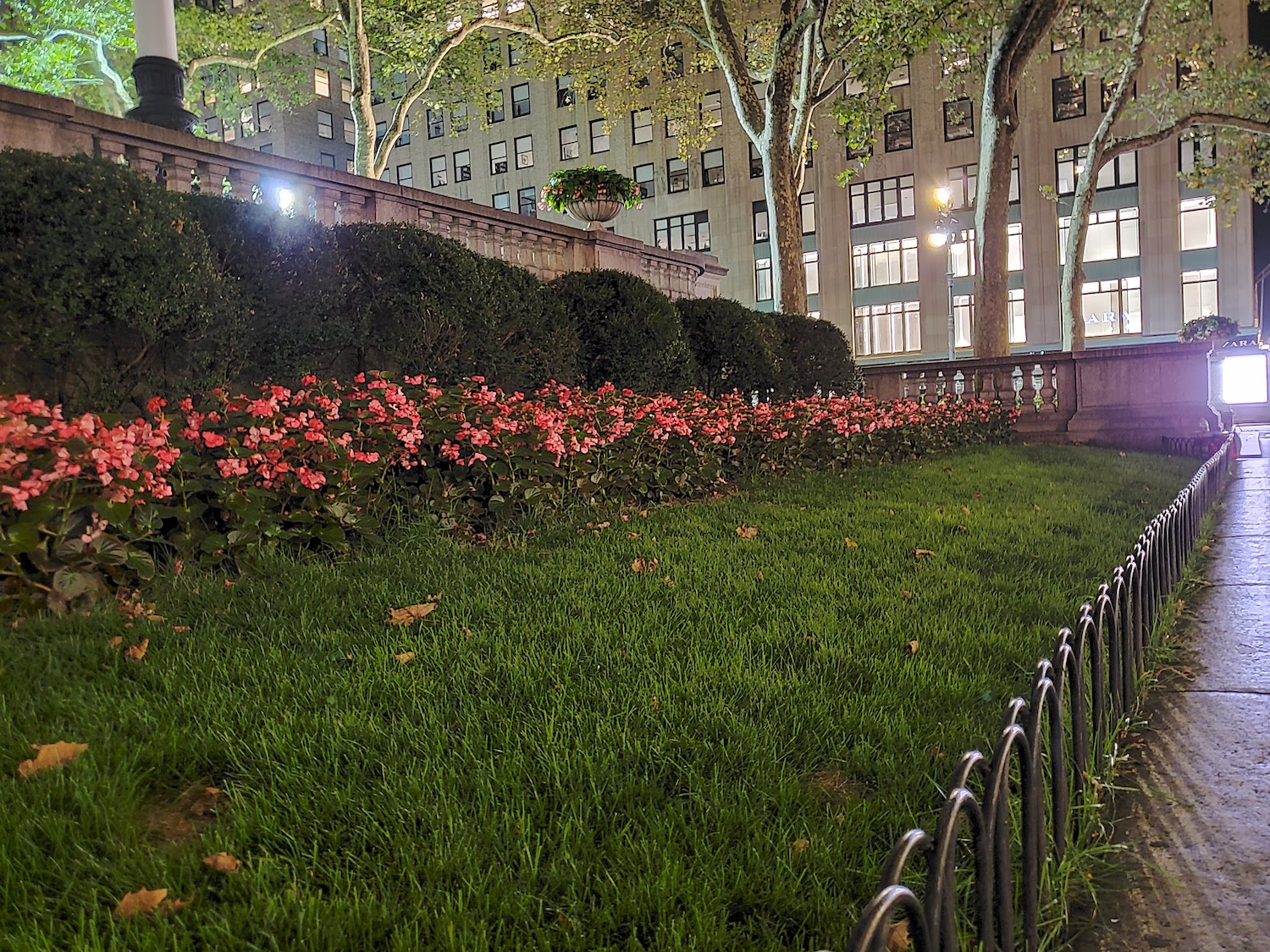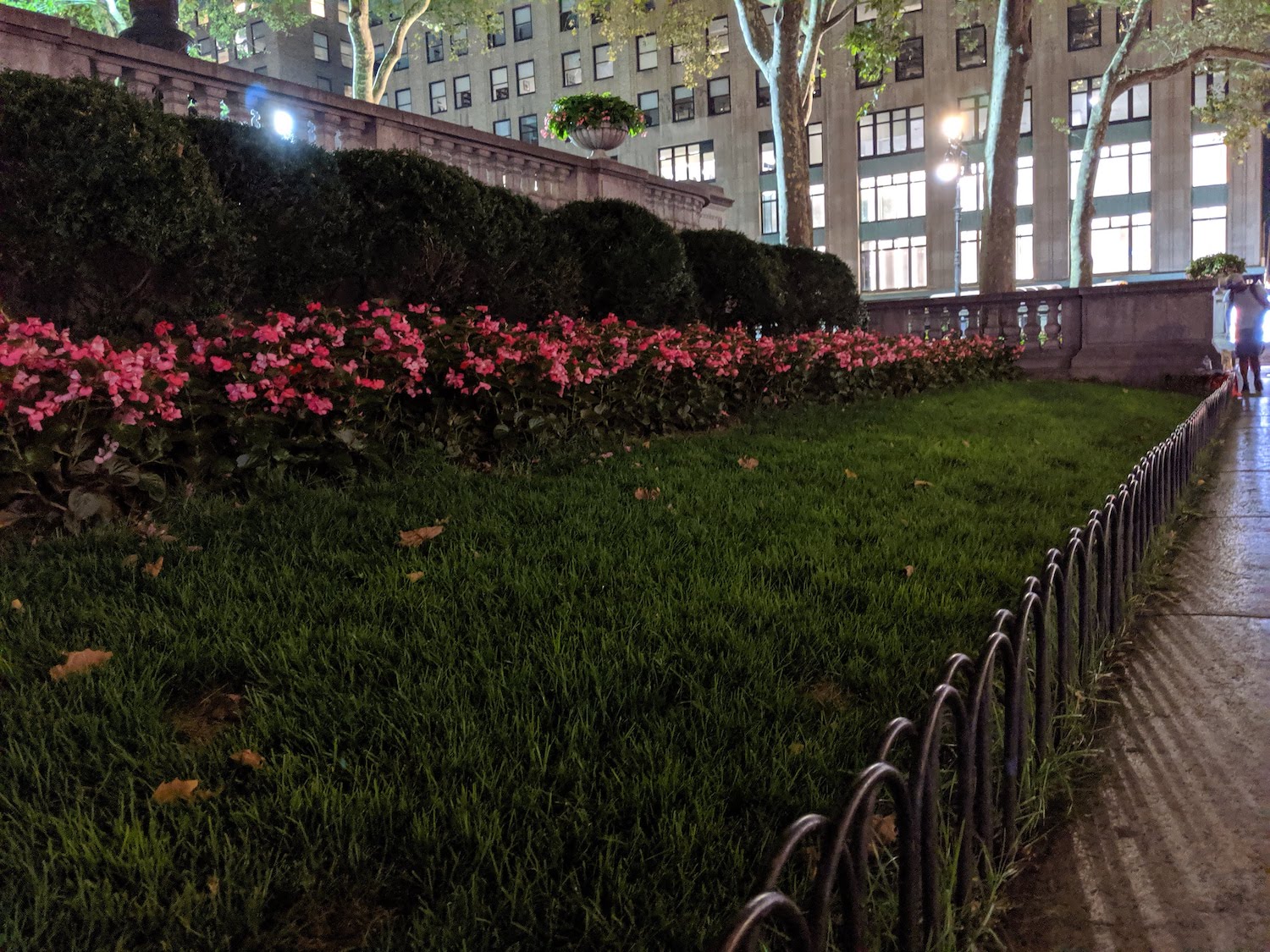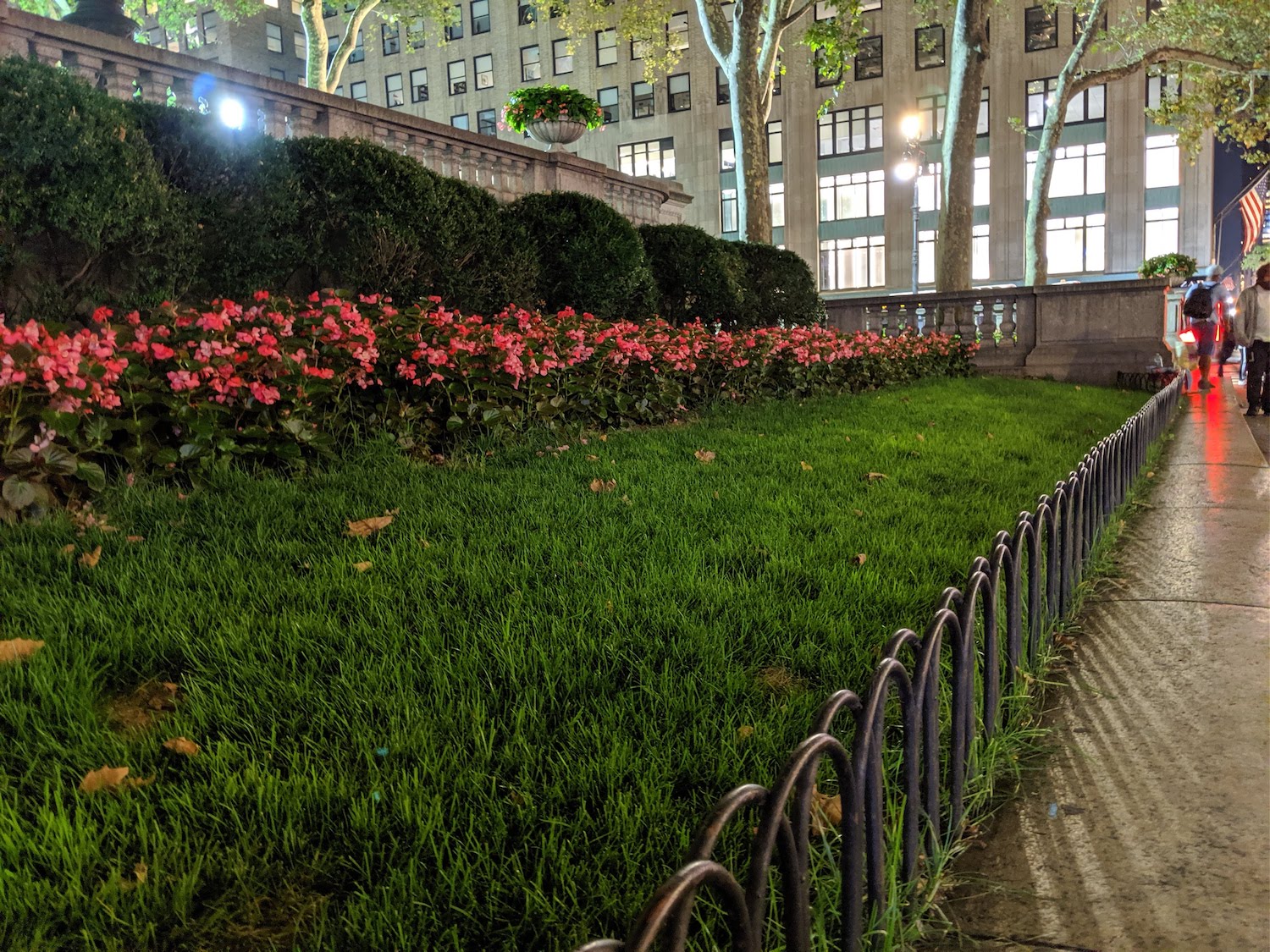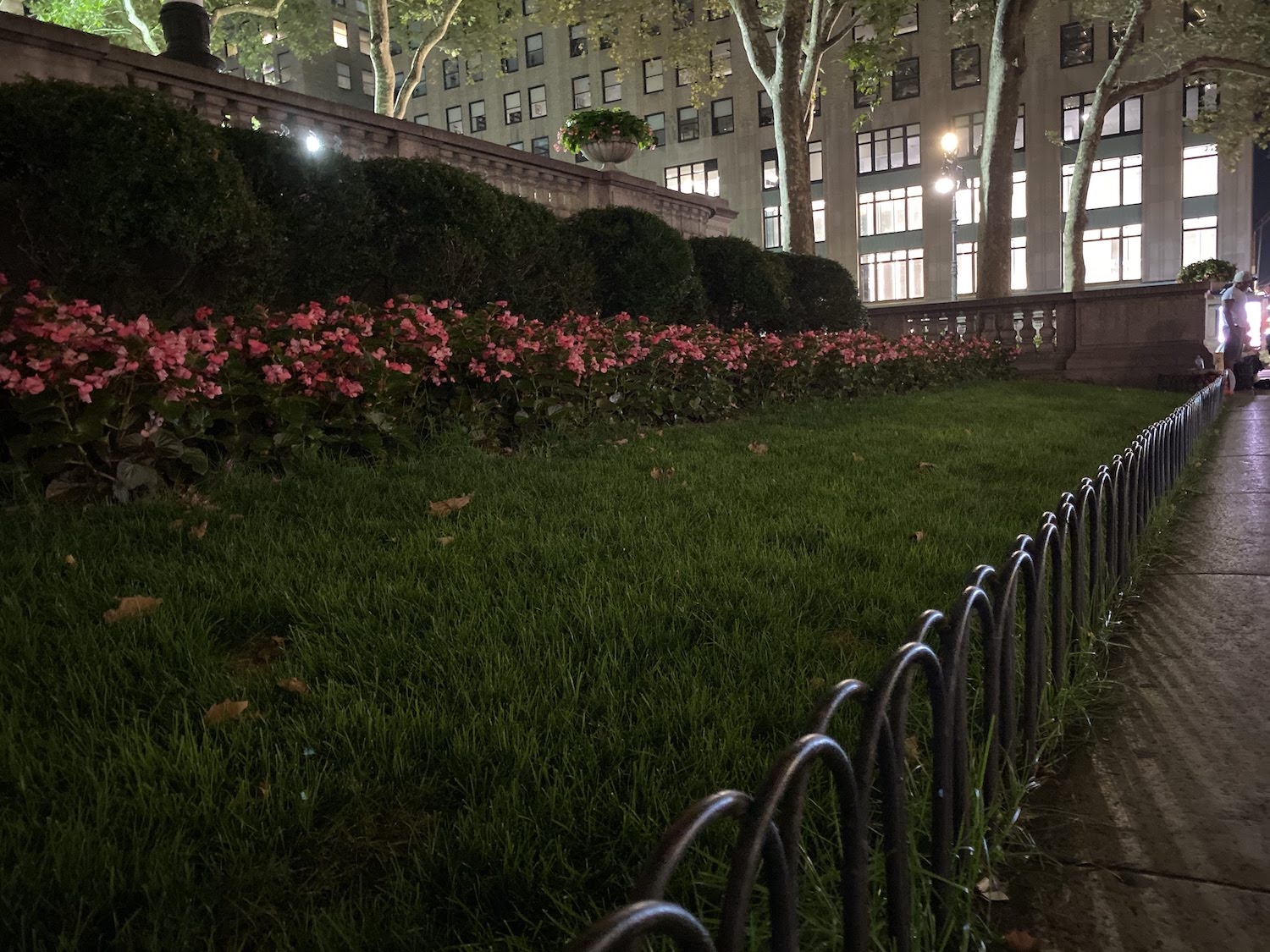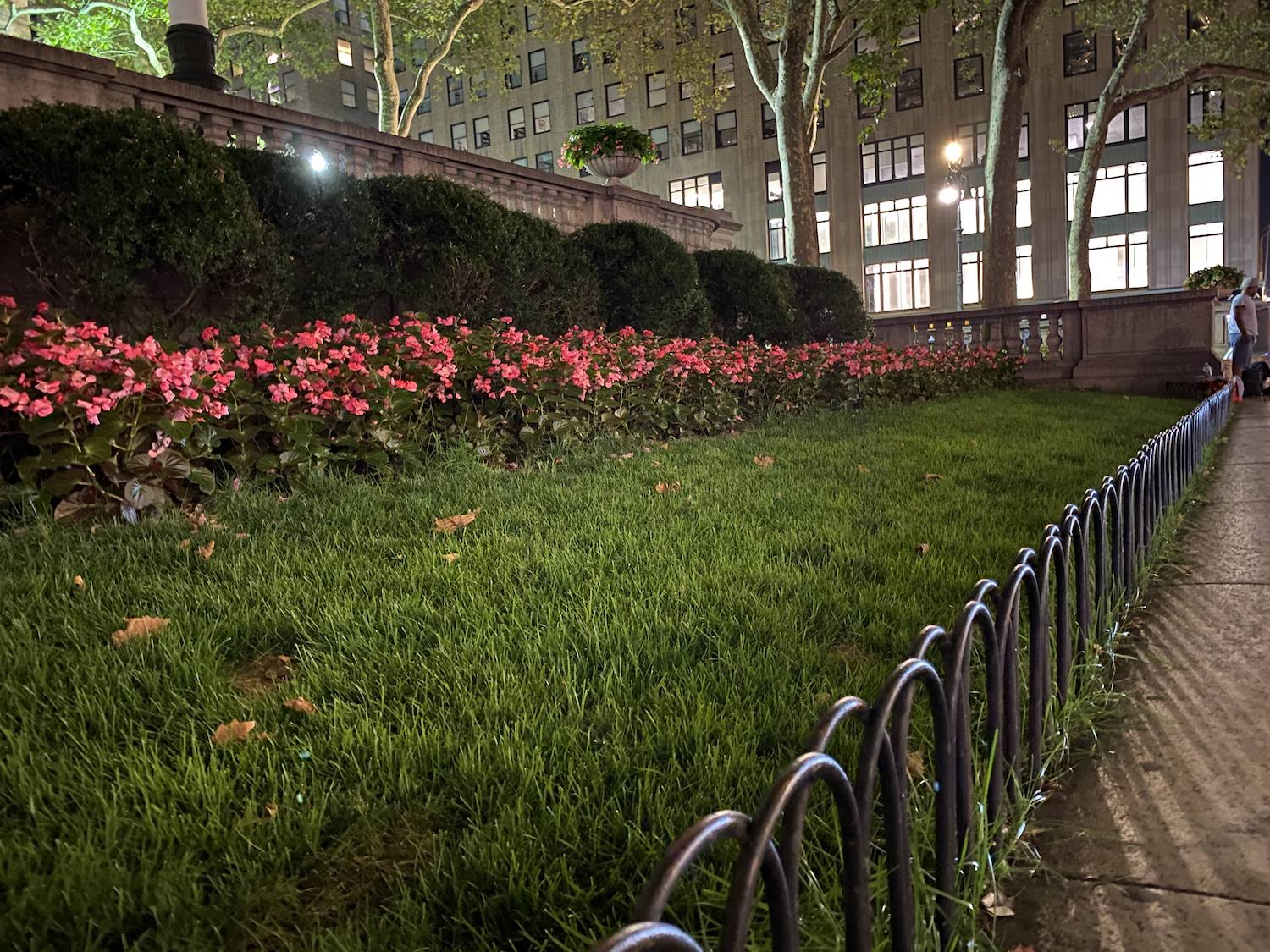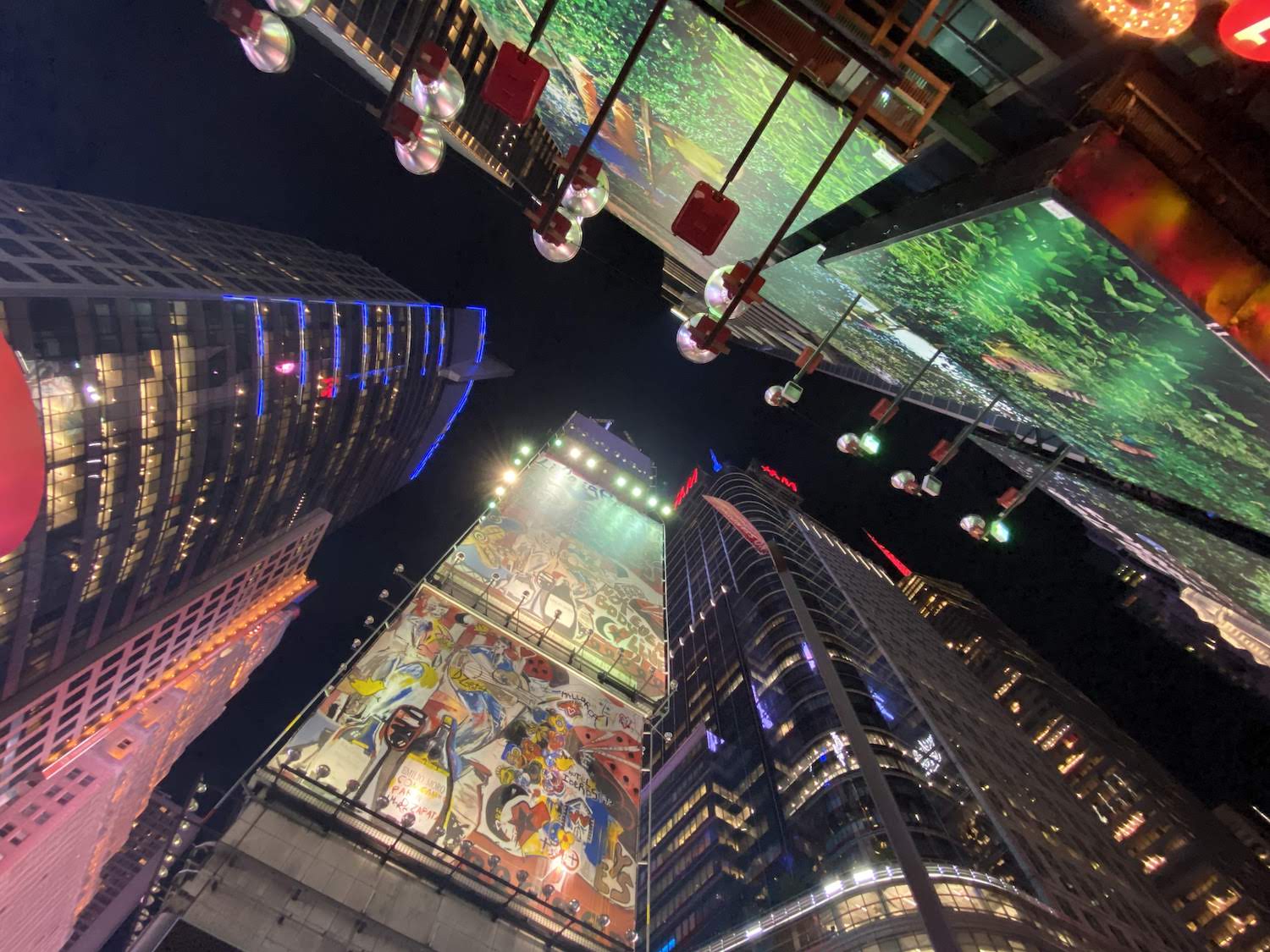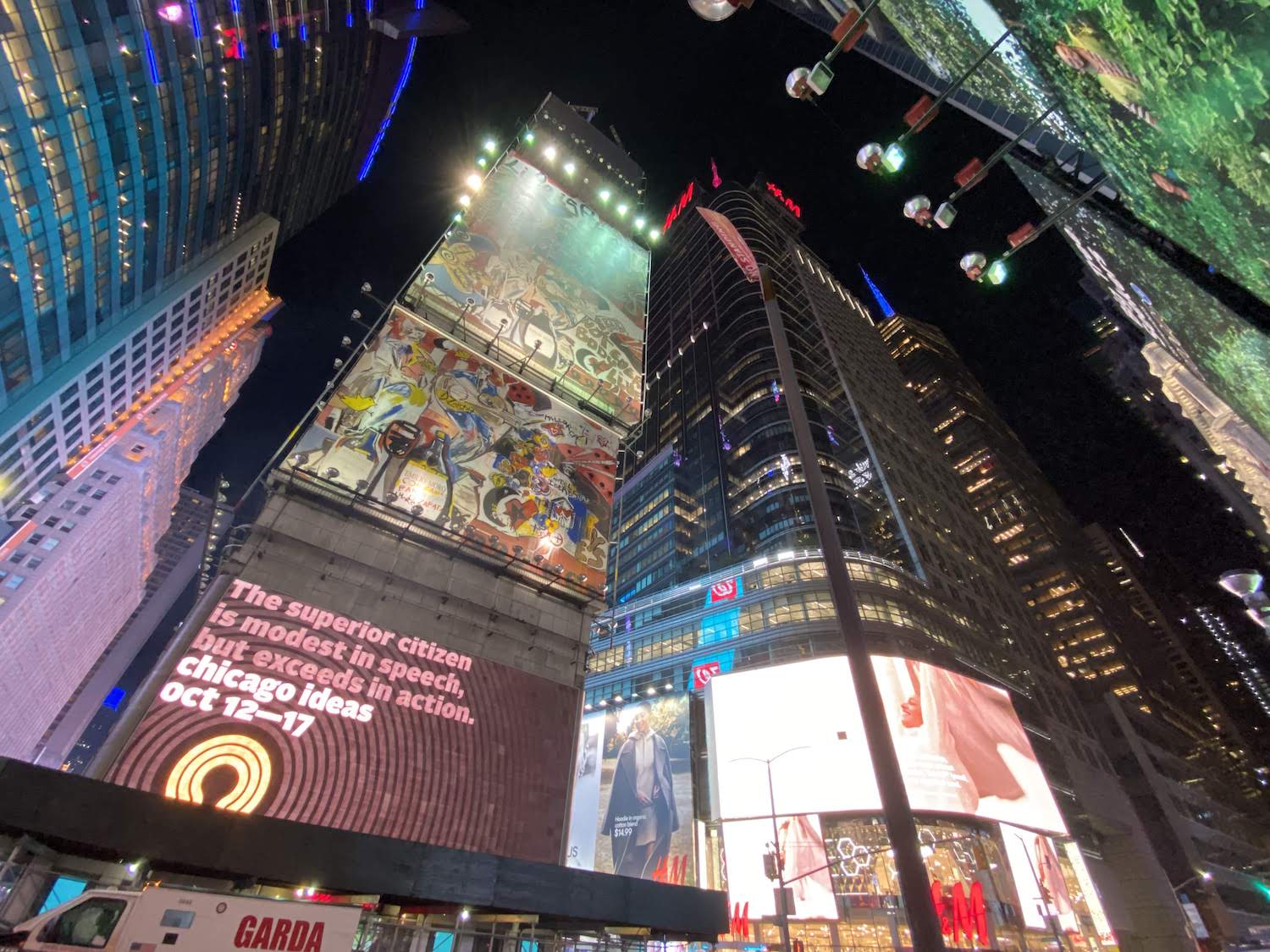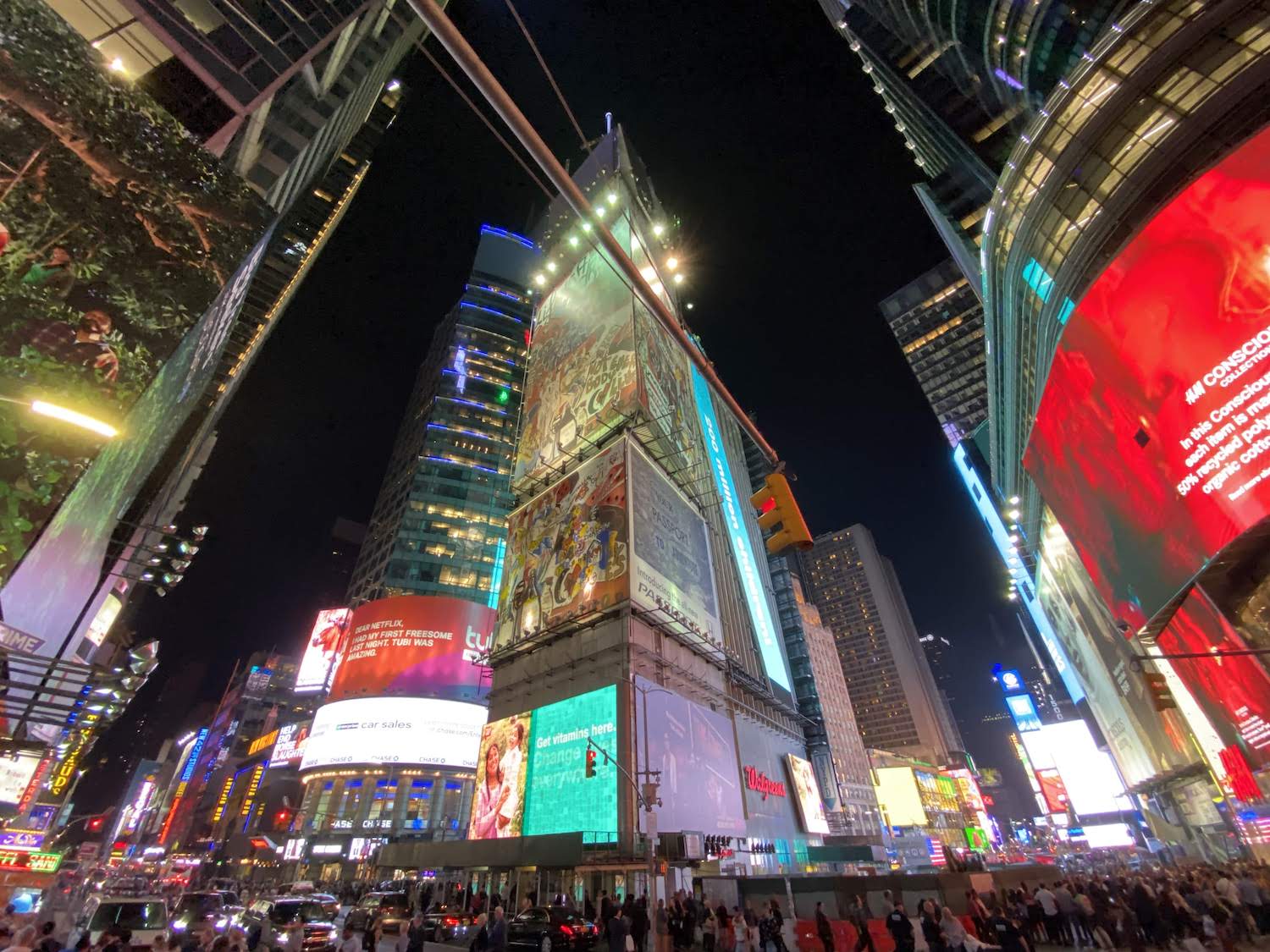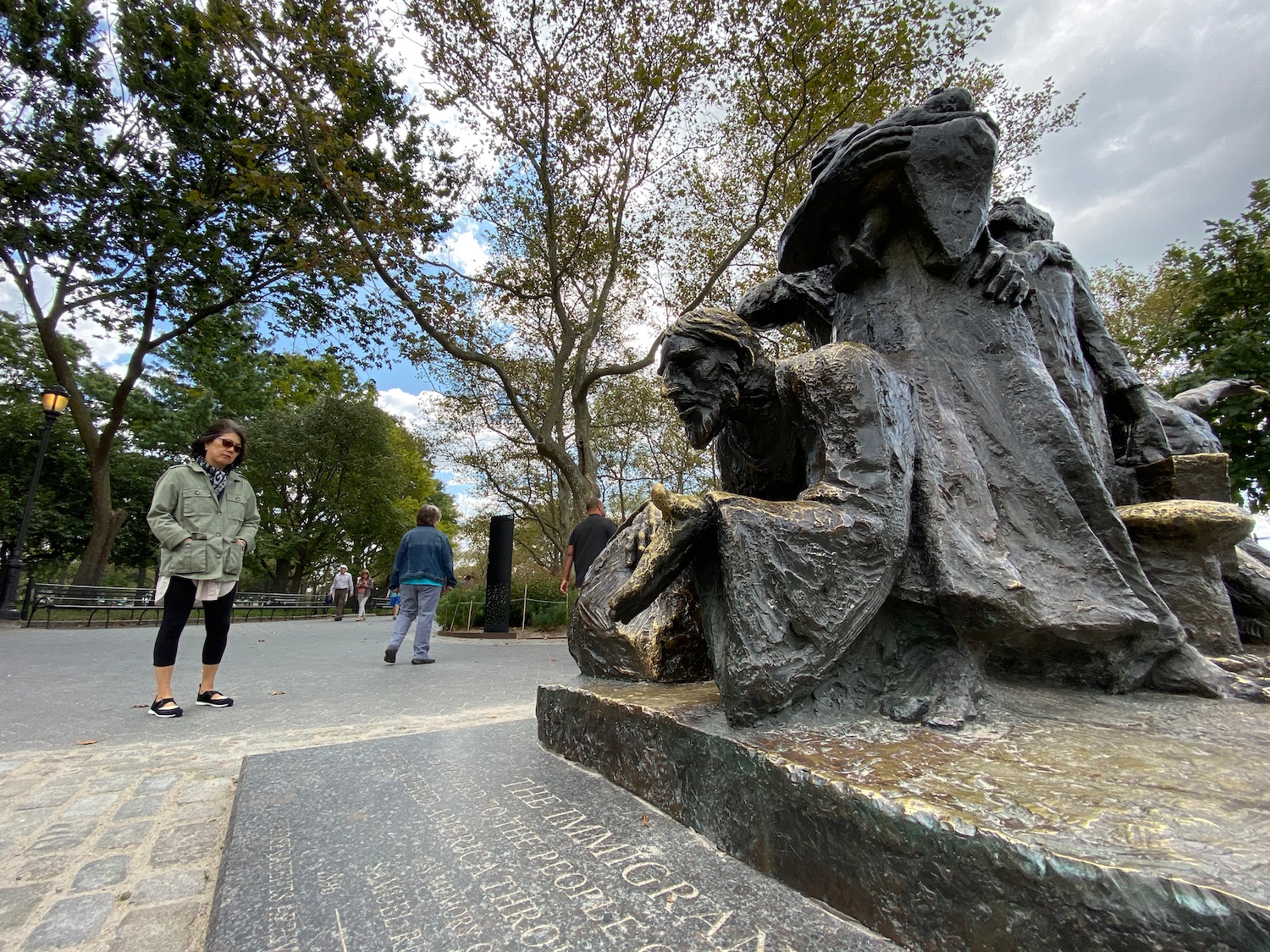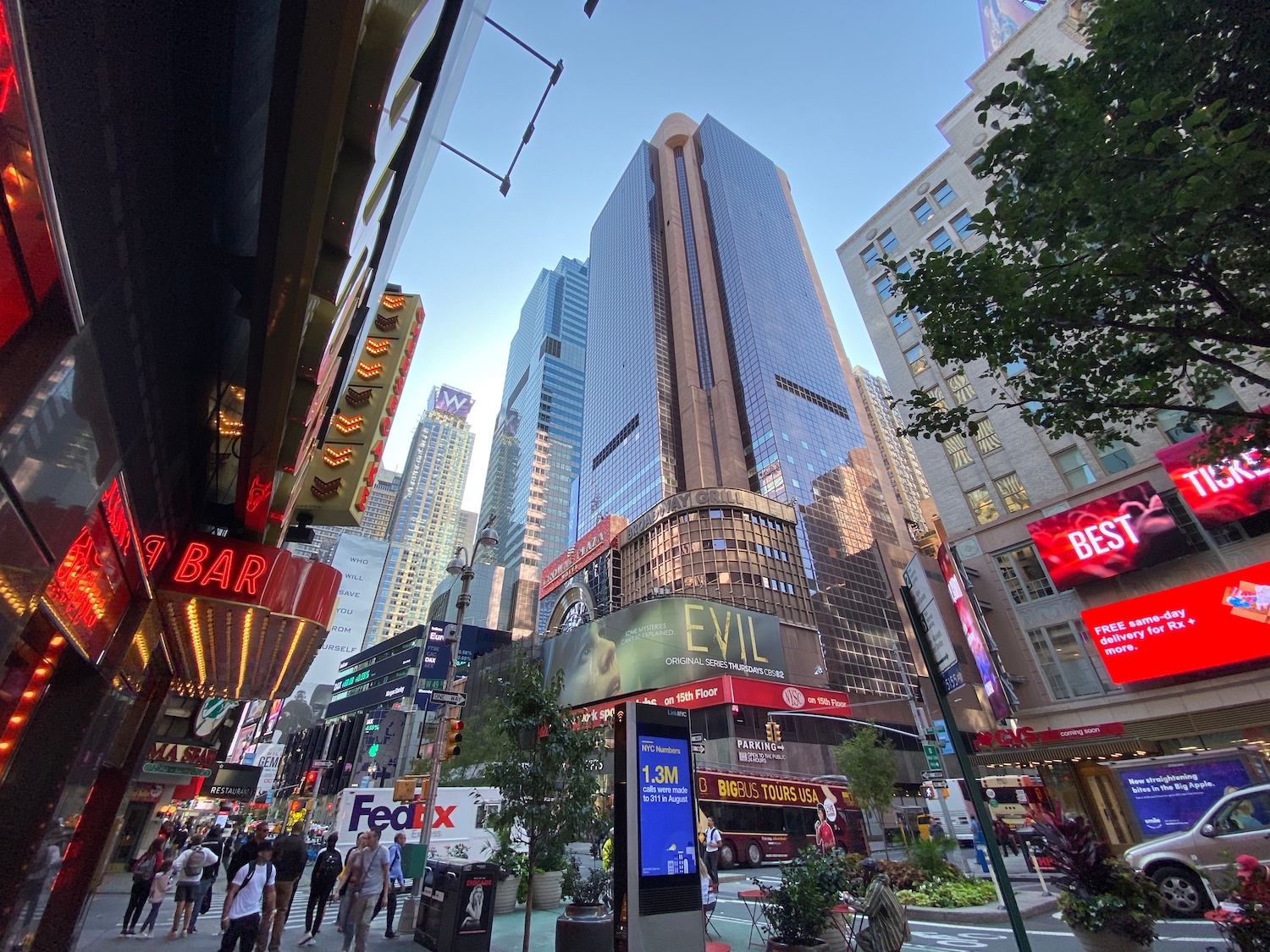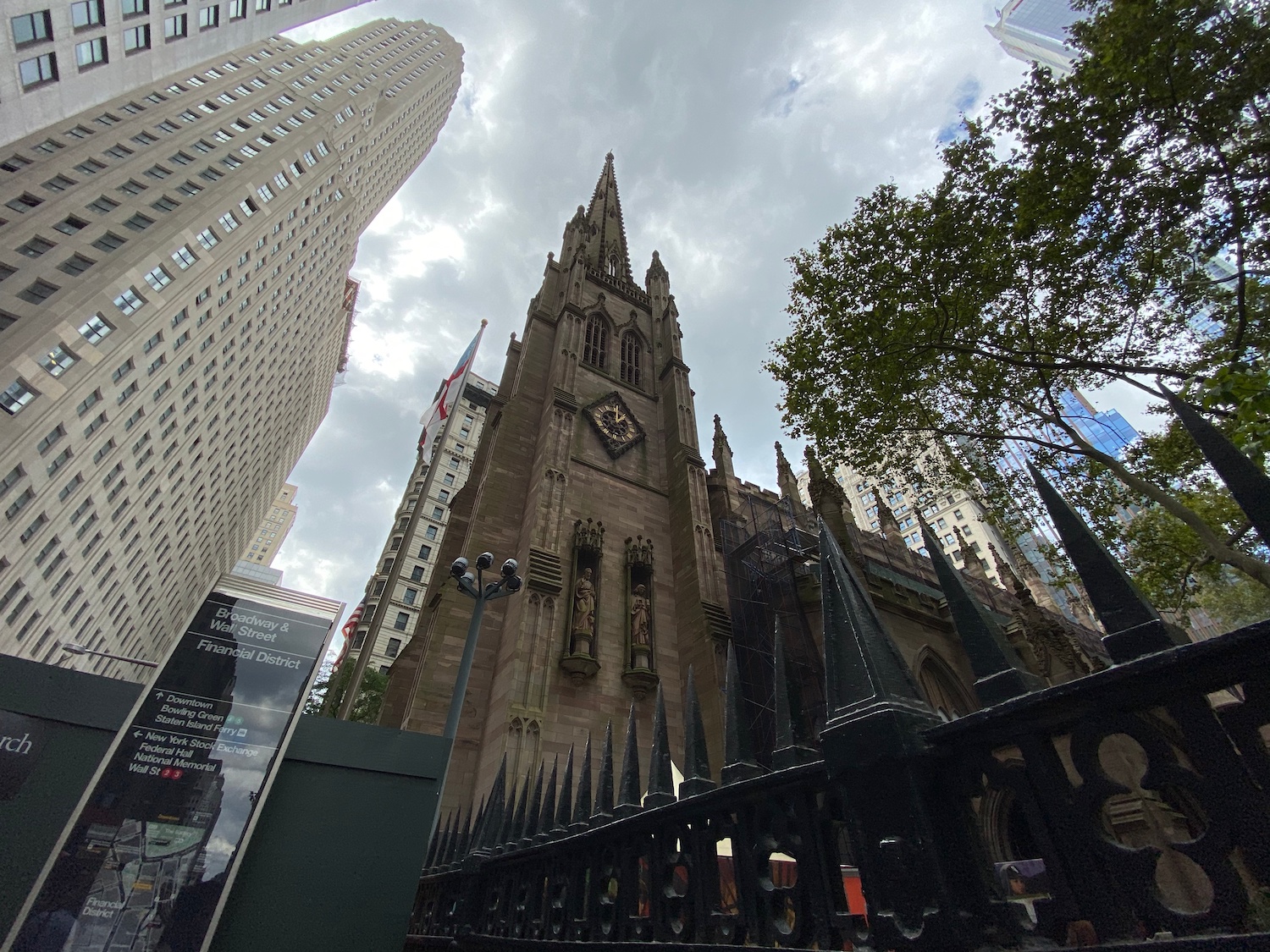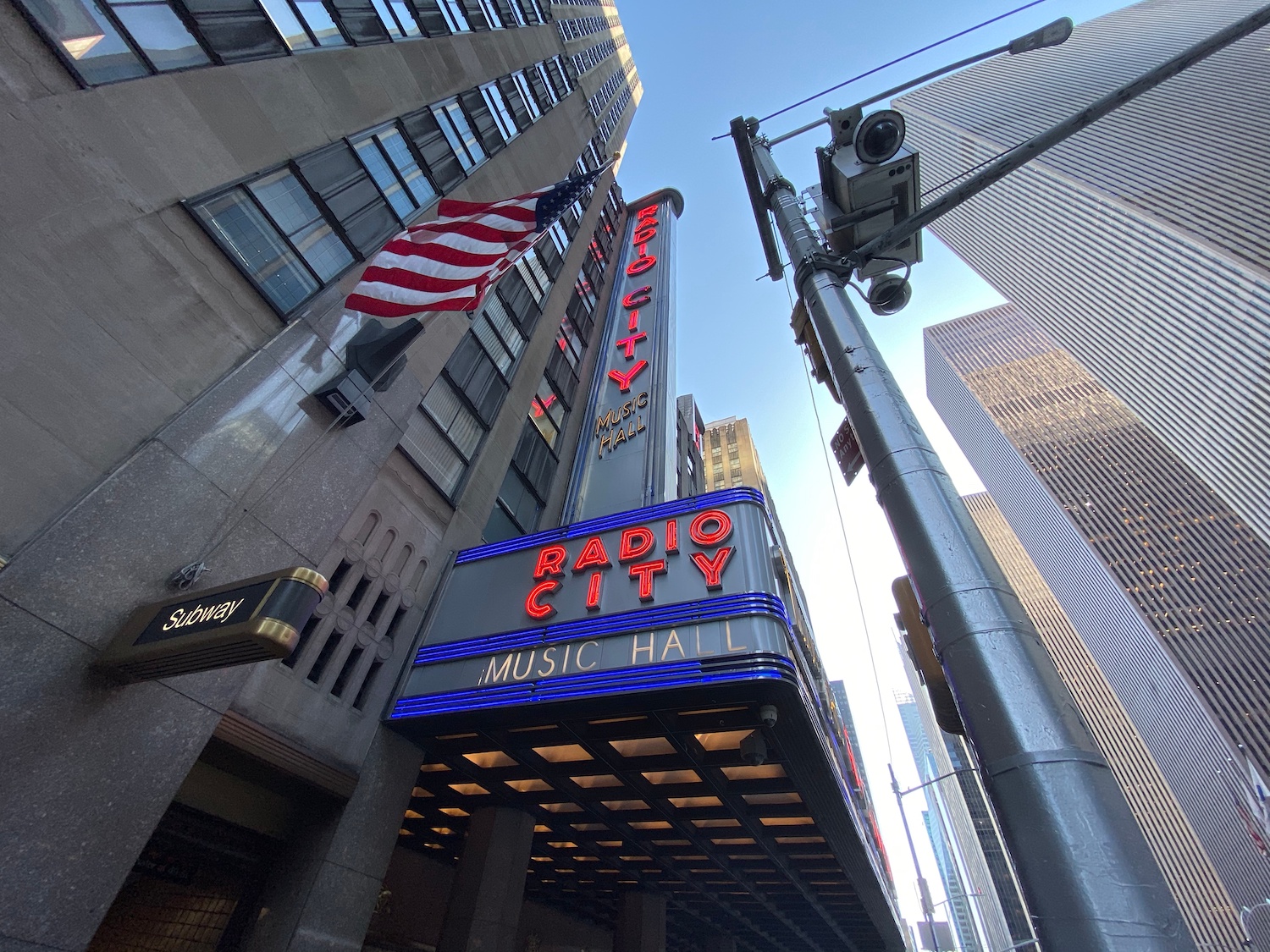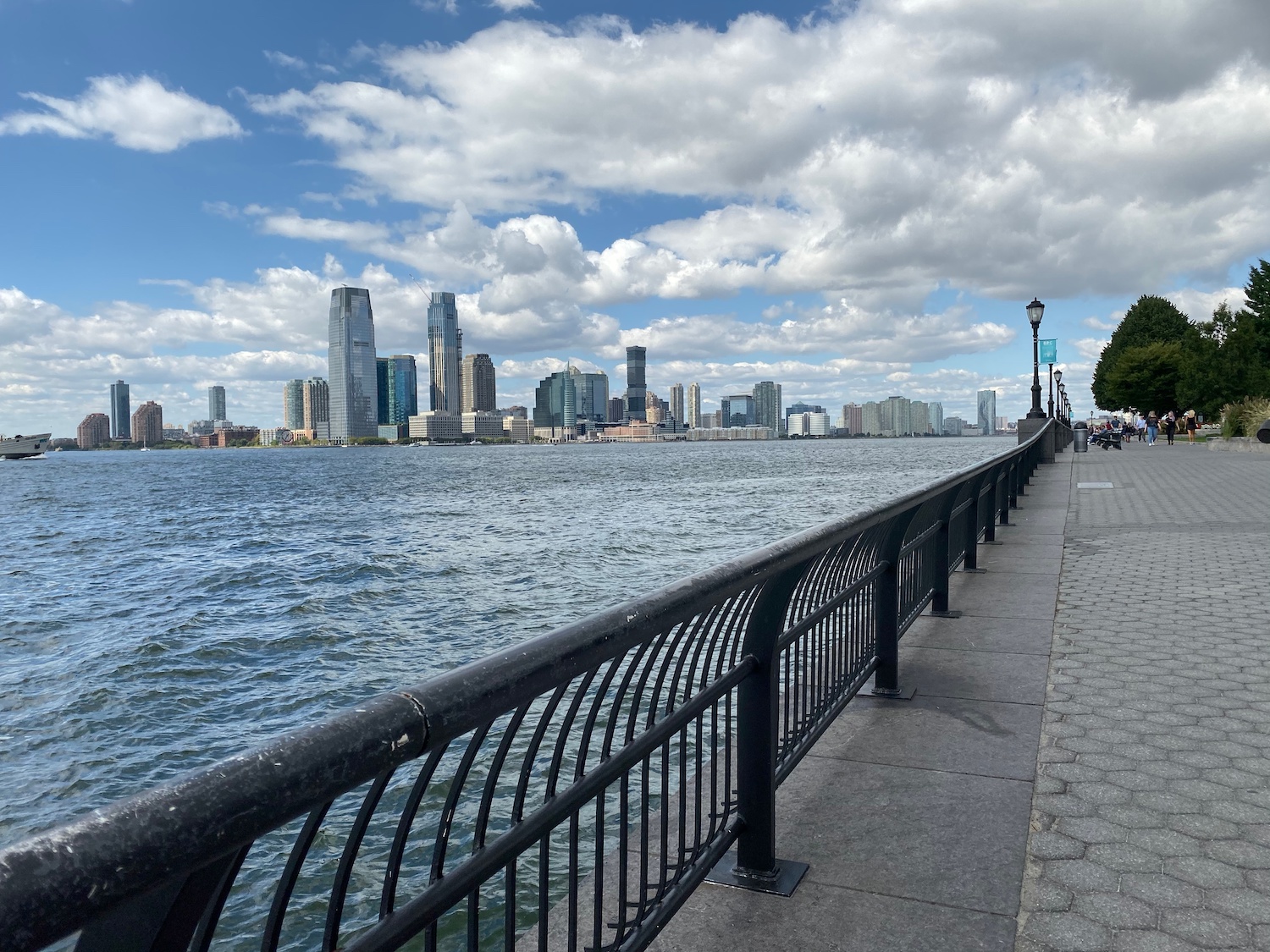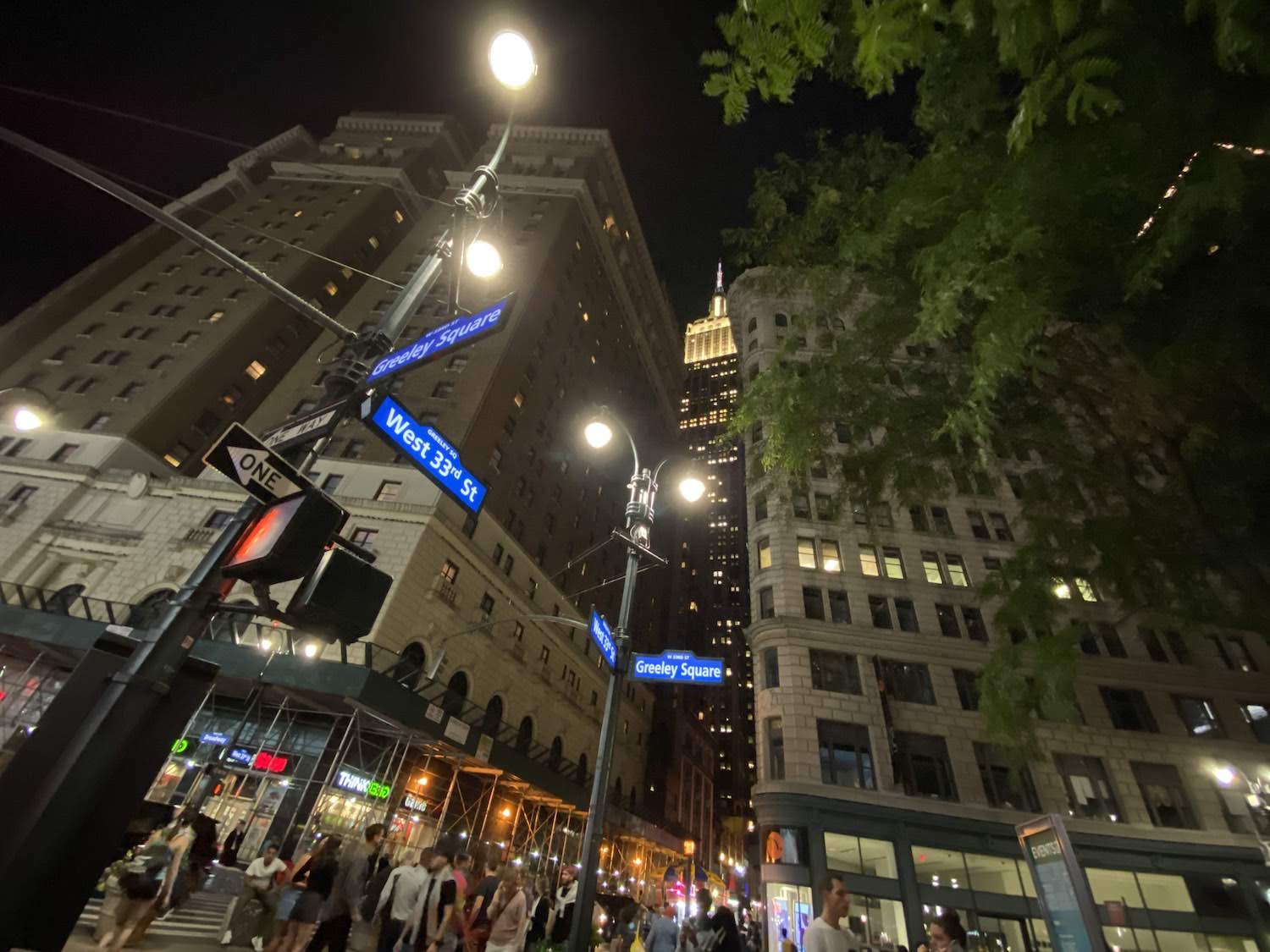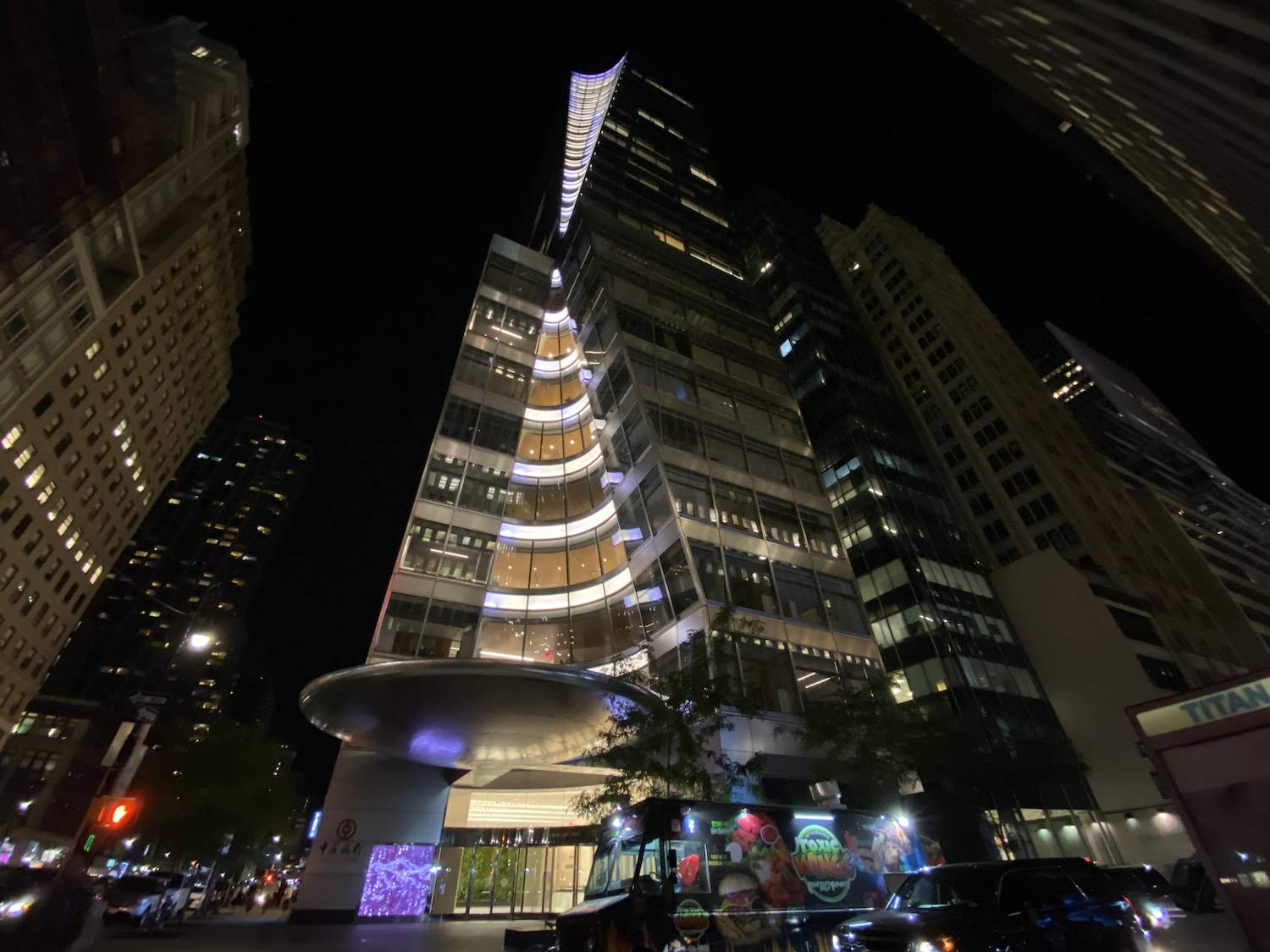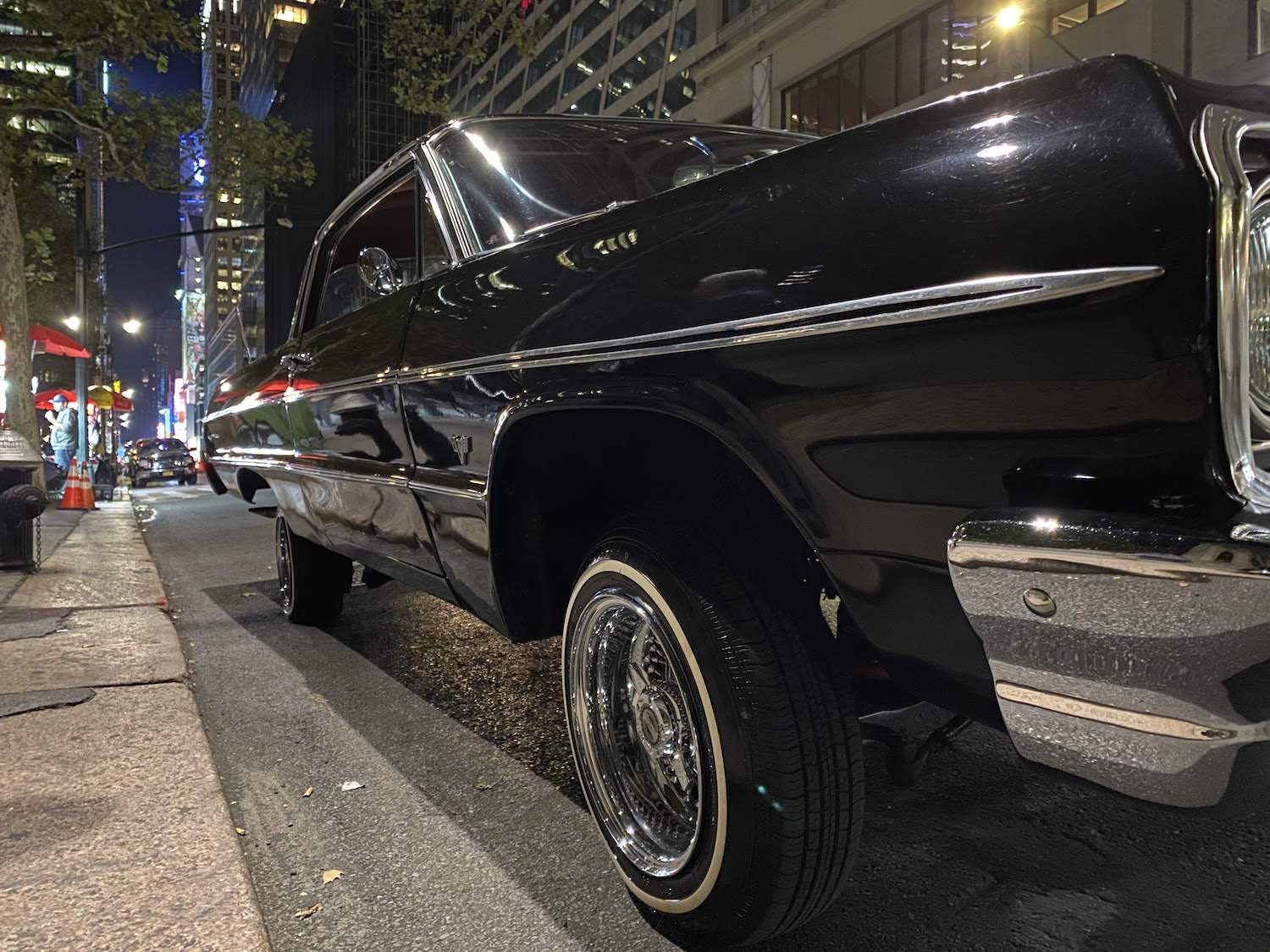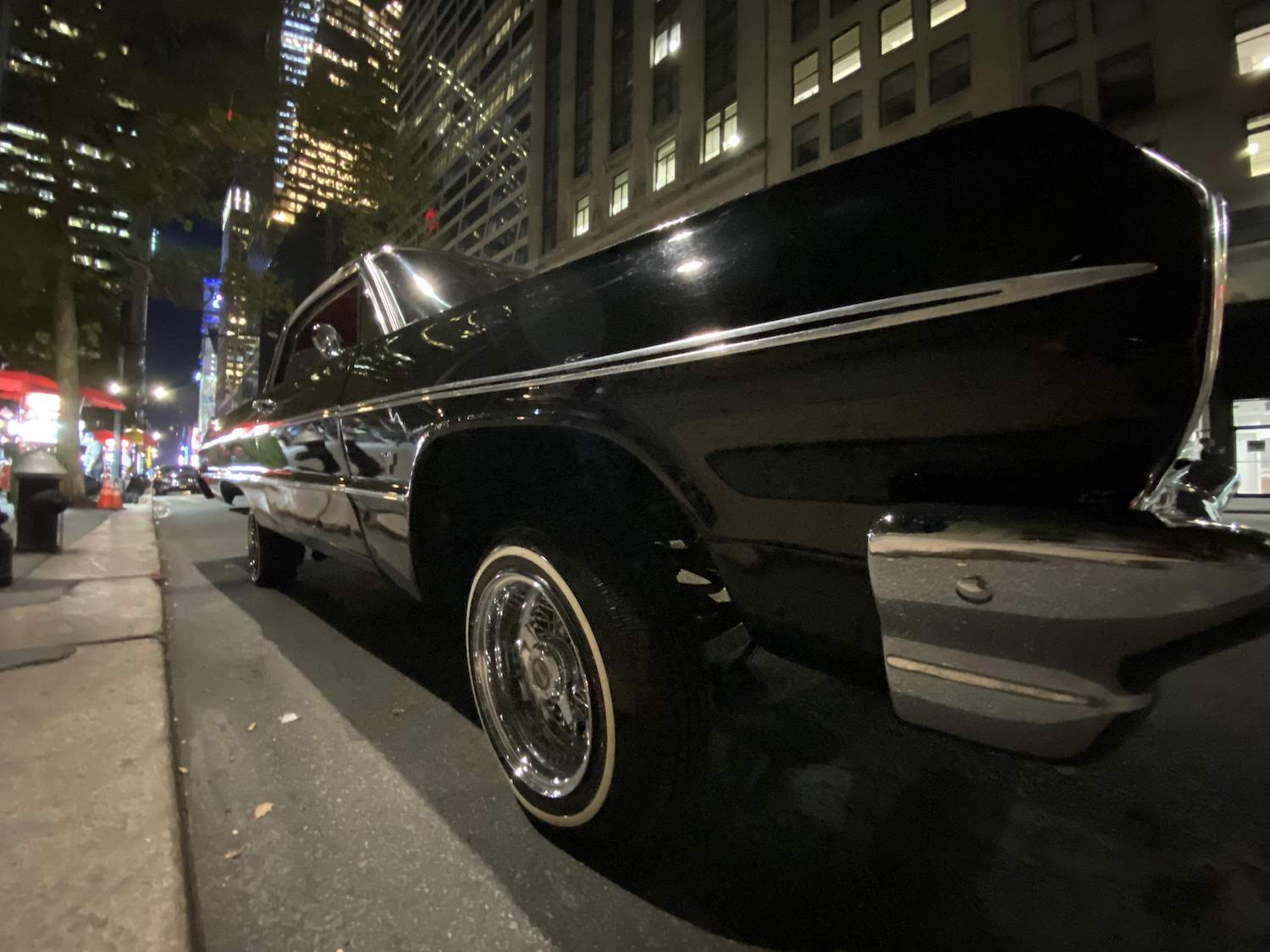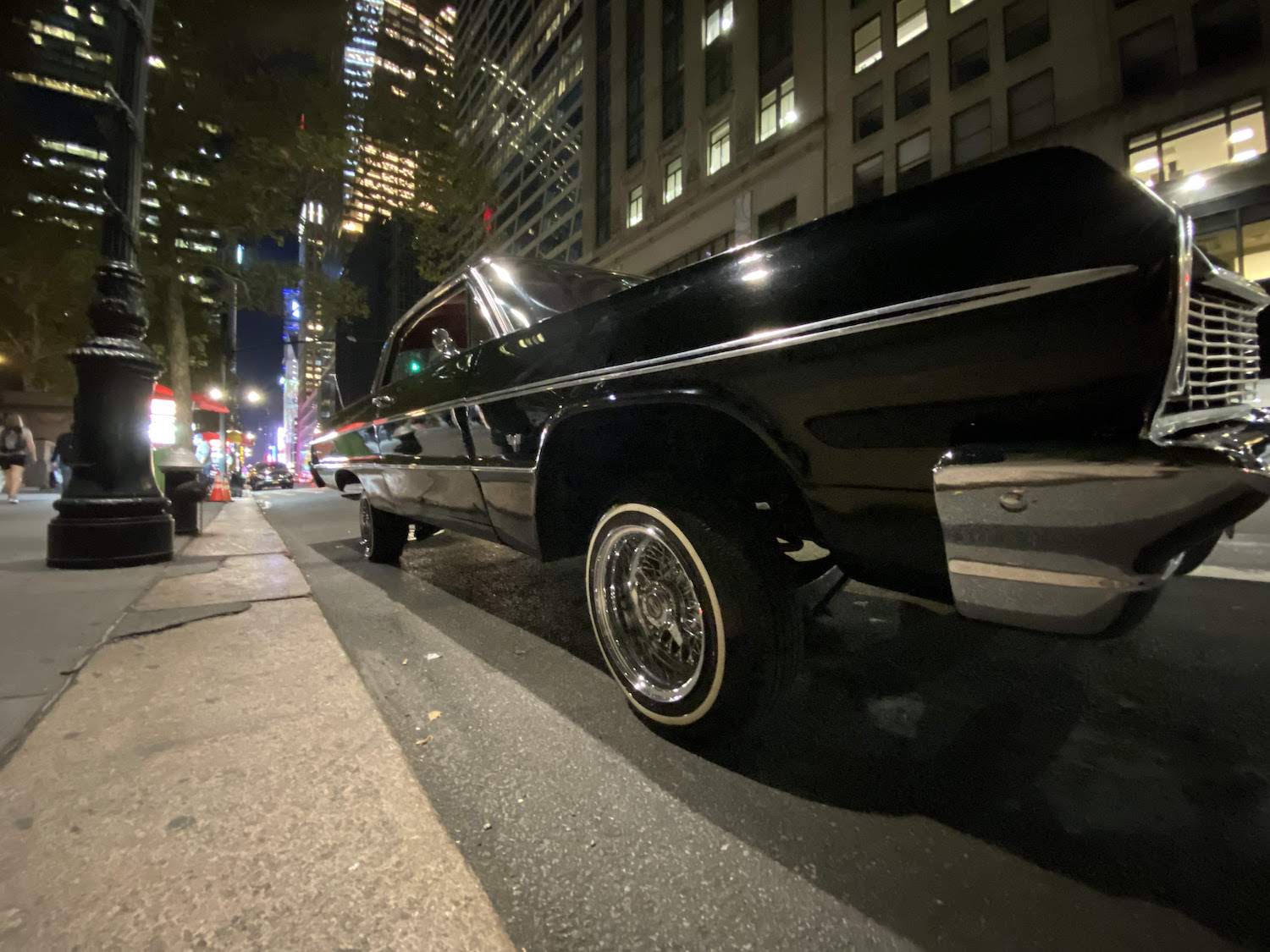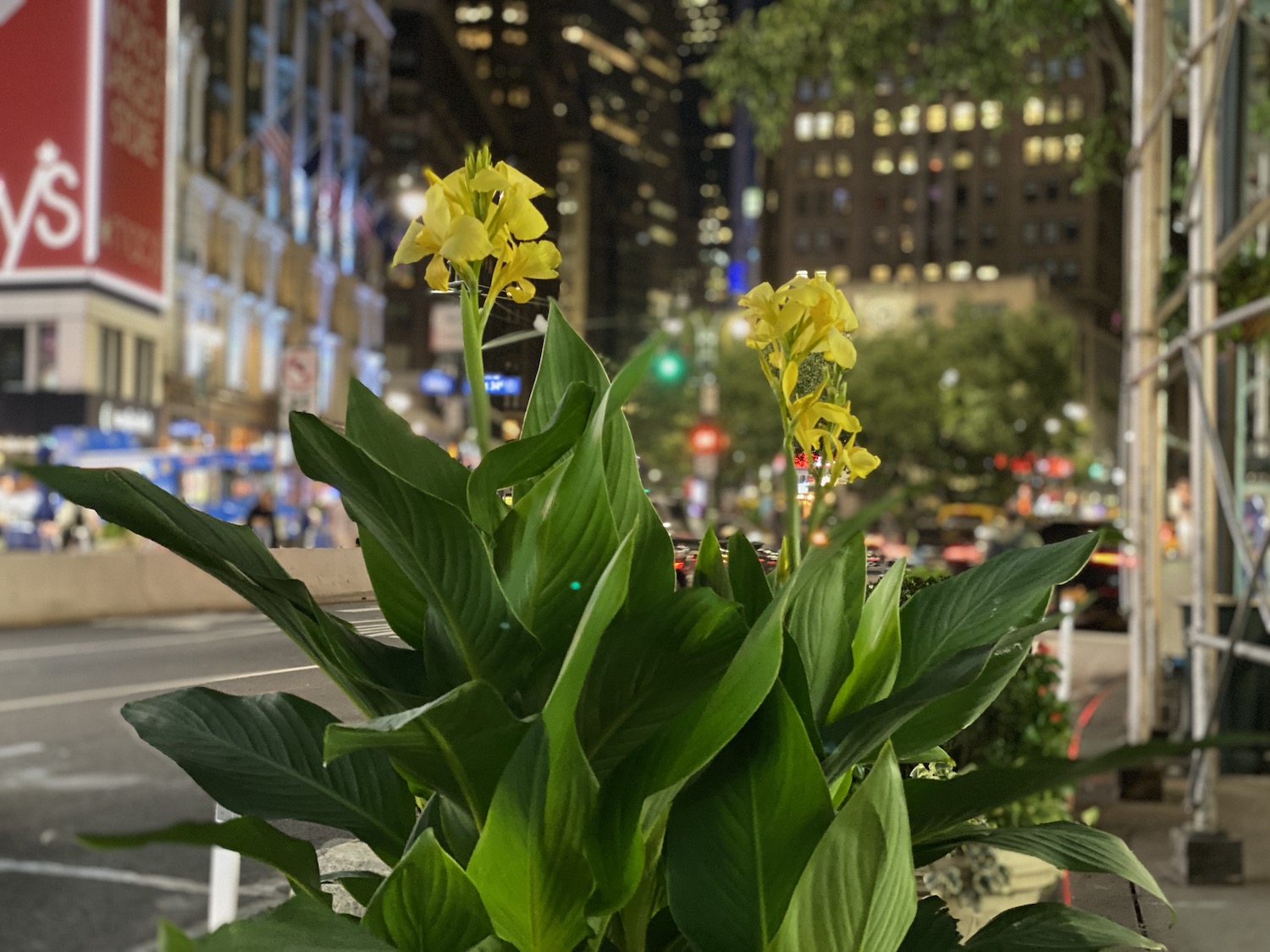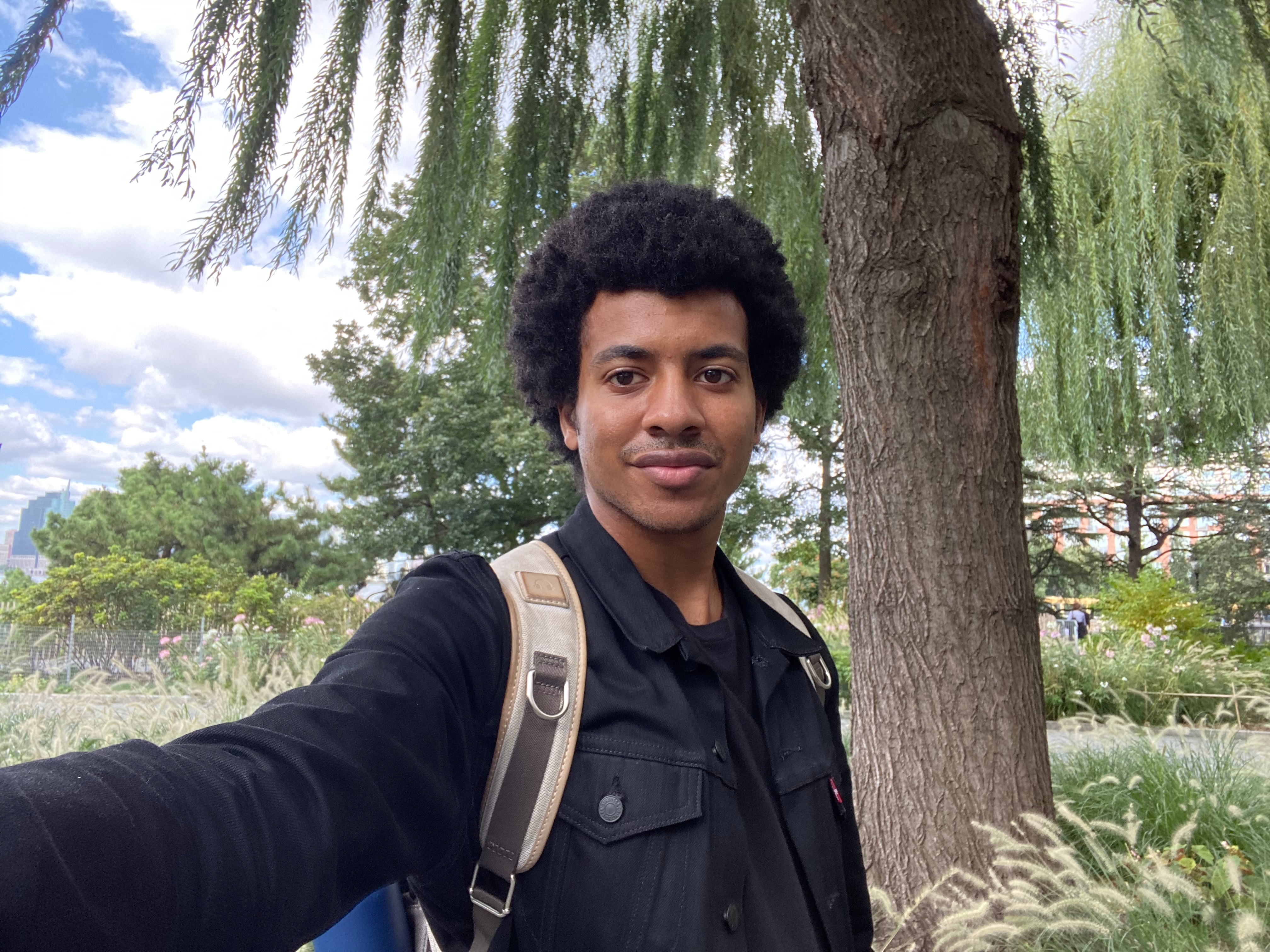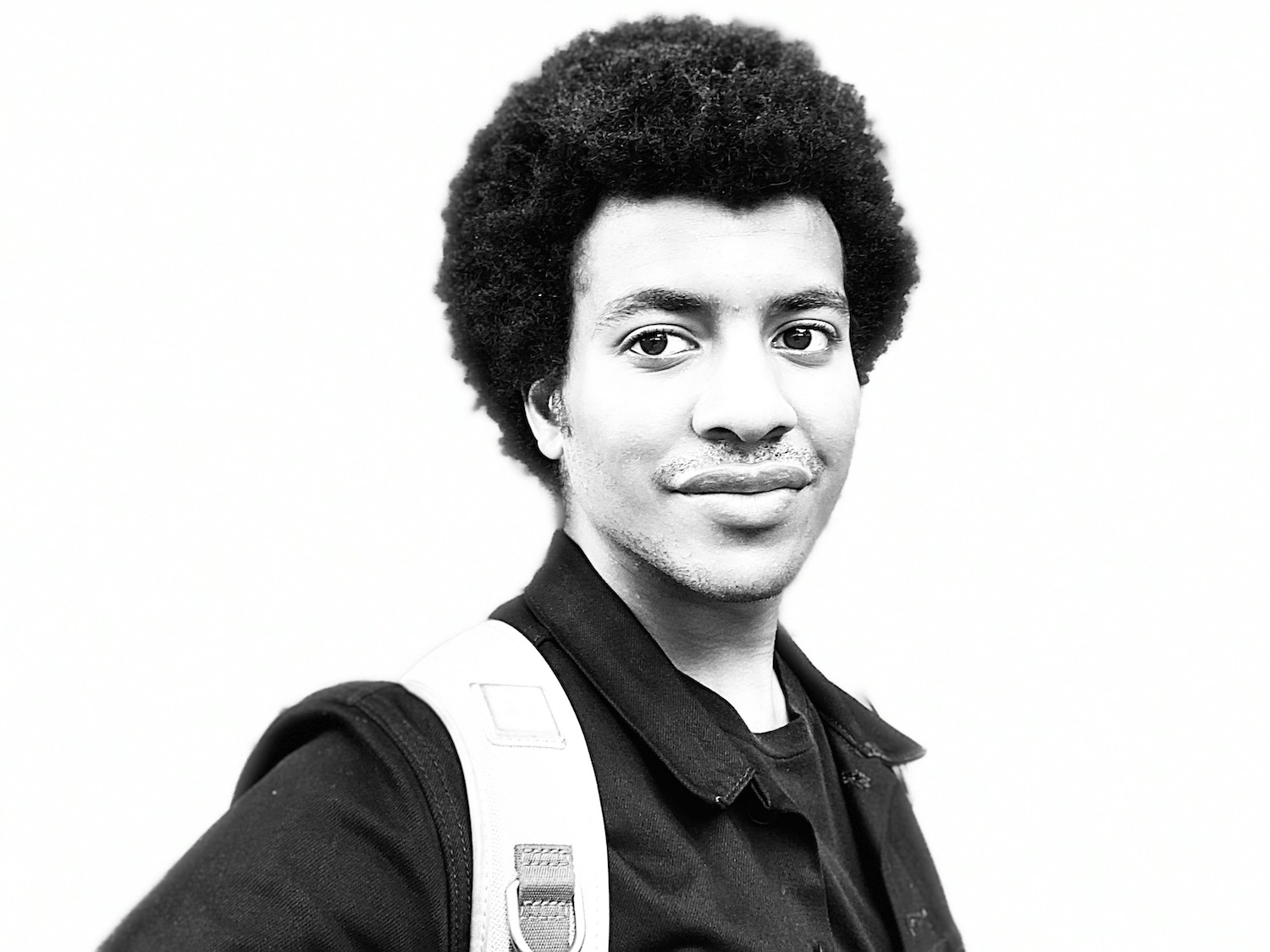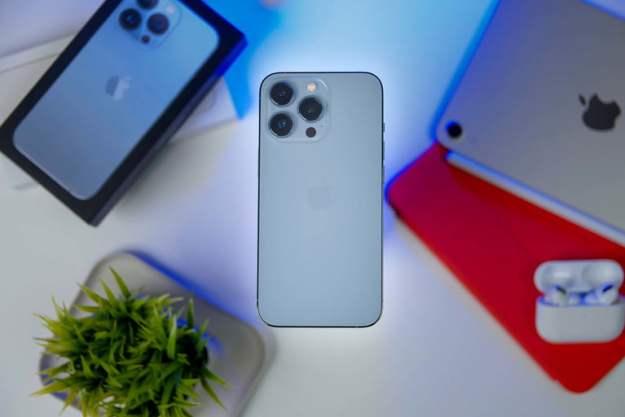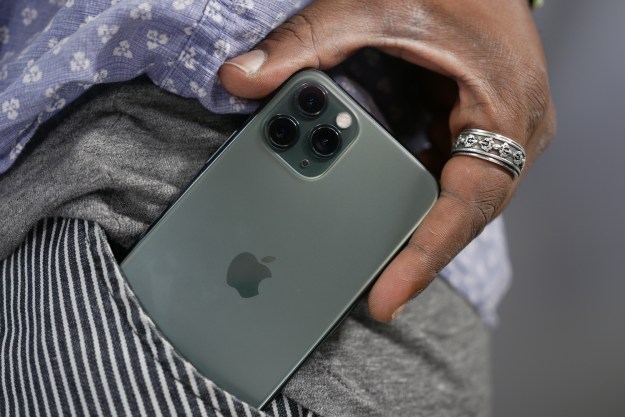
- Full-day battery life
- Best cameras in the game
- Gorgeously smooth video capture
- Premium feel and construction
- Beautiful and bright screen
- No USB-C
- Tired design with large notch
If you want the best in smartphone photography, look no further than the iPhone 11 Pro. In fact, there’s not another flagship phone I’d recommend for anything better right now.
Design? Sure, but the matte finish glass looks and feels great. Price? Well, the iPhone 11 is $300 less and doesn’t sacrifice much, but that’s just Apple competing with itself.
This is the most well-rounded iPhone I’ve ever used, with excellent battery life and a class-leading camera, which is something I haven’t been able to say for some time.
This feels different
The iPhone 11 Pro’s face is indistinguishable from last year’s iPhone XS, being built with the same notch at the top of the screen and thick bezels surrounding it. But as soon as you get it in your hands, you know it’s different.
The first noticeable change is the weight and thickness. It feels like a thicker, heavier iPhone, and that’s because it is. The iPhone 11 Pro weighs 11 grams more than the XS. It’s not an objectionable weight for a phone, and I got used to it after a few minutes. Plus, the purported four-hour battery gains are owed to this bigger beltline.
If you’re a fan of small phones, this is the one to get. The 5.8-inch screen size means the iPhone 11 Pro fits perfectly in the palm of my hand, and I don’t need to stretch my fingers to reach any part of the screen. It’s excellent.
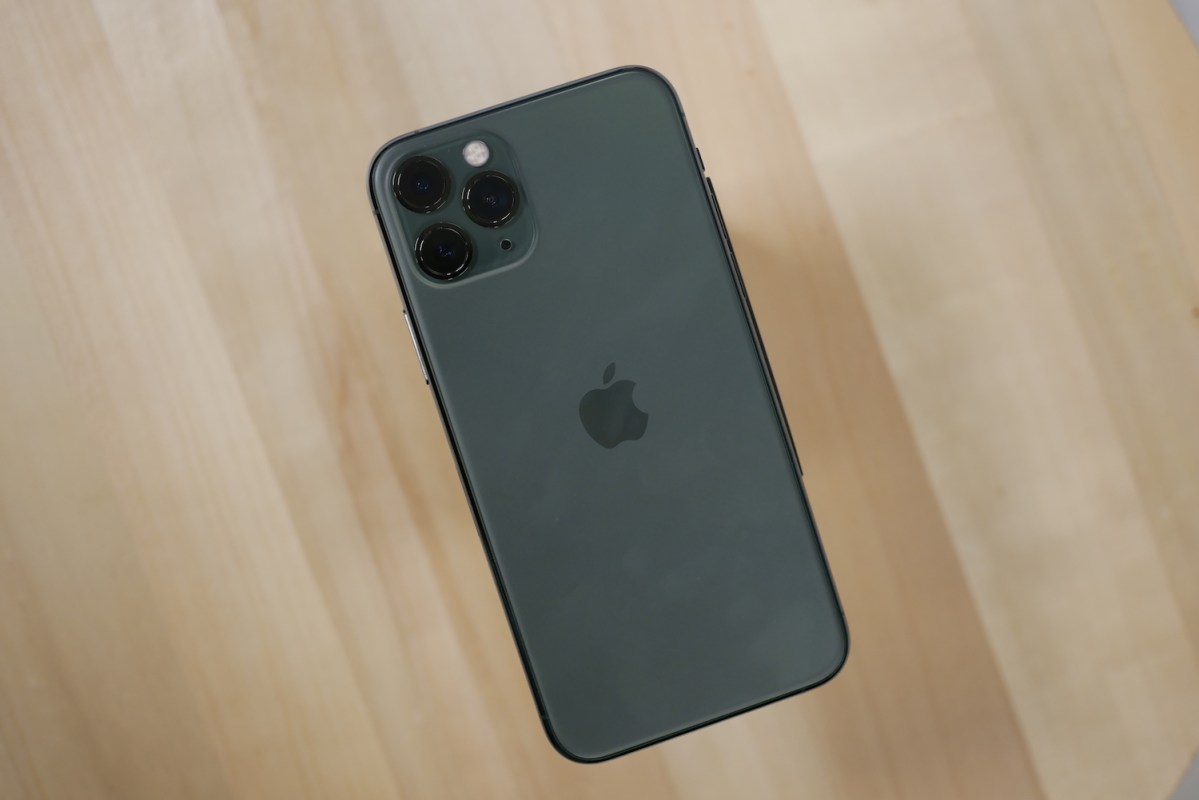
What you’ll notice next is the frosted glass back that’s less fingerprint-prone, a smooth and centered Apple logo, and, oh yeah, that enormous camera mound. Apple really wants you to know there’s three cameras in the back, which is why each one is not only raised individually with metal bezels, but the mound that houses them is also raised, carved from the same single piece covering the entire back of the phone. It’s not particularly good-looking, but you quickly get used to the look.
There are curious omissions though, most irritating of which is the lack of a USB-C port. It would mean having to carry just one cable to charge all our devices. We’re all ready for it, Android phones have been using it for years, and Apple knows it’s inevitable — just look at its laptops. So, why not add it to this “Pro” device as it did with the most recent iPad Pro?
The next omission is 3D touch. I’ll admit, I thought I never used 3D touch, but after losing it I learned how often I really did. Force pressing the camera and flashlight shortcuts on the lock screen transported you directly into the app with one relatively forceful click.
I’m sorry I took you for granted, 3D touch. RIP.
Pressing and holding to open these shortcuts via Haptic Touch, first introduced in the iPhone XR, not only takes longer but feels like a step-down — an odd feeling to have on the first iPhone “Pro.” I’m sorry I took you for granted, 3D touch. RIP.
Apple said removing 3D touch made more room for increased battery capacity, and though I’ll lament the loss, I think more people will appreciate the battery gains.
A fantastic screen
With a name like “Super Retina XDR,” the display improvements over the iPhone XS better be substantial — and they are. The iPhone XS’ OLED screen was already impressively balanced and vibrant, but the iPhone 11 Pro doubles the contrast ratio, improves HDR, and ups the max brightness to a 1,200-nit peak.
You’ll usually only get up to 800 nits, as 1,200 nits is achieved when viewing HDR content. But all this adds up to a display you can easily view indoors and out, and dynamically adjusts to deliver the brightest highlights and inkiest blacks. Colors appear vivid but accurate, giving it a slight leg up on the impressive Galaxy Note 10, which in my eyes looks a bit over-saturated.

It’s truly wonderful to look at and a joy to watch videos on, thanks to the sharp 2,436 x 1,125 resolution. If you watch a ton of movies and videos on your phone, it’s worth considering the iPhone 11 Pro Max, which offers up a much bigger 6.5-inch screen, but I’m satisfied with the screen size here.
Killer performance, and a dark iOS
Apple said the new A13 Bionic chip has up to 20% faster CPU and GPU performance and the benchmarks corroborate this dominance. It’s the fastest phone we’ve ever tested, and playing games, working, or just flipping through music and social media will always be a fluid experience on the iPhone 11 Pro.
Here are a few benchmark results:
- AnTuTu 3DBench: 455,778
- Geekbench 5 CPU: 1,323 single-core; 3,503 multi-core
The AnTuTu score is the highest we have ever recorded on a smartphone, beating out phones like the Samsung Galaxy Note 10 Plus by almost 100,000. The only other phone to come close is the iPhone 11 — see what I mean about Apple competing with itself?
iOS 13 brings us the long-awaited dark mode, as well as privacy-oriented features like Sign In with Apple, case-by-case permission of location access for apps, and a slew of other new features and improvements. Check out our iOS 13 in-depth impressions to get the full rundown, but as far as the iPhone 11 Pro goes, the operating system is as smooth as ever.
Triple threat reclaims the camera crown, for now
Almost a full year after the introduction of Google’s magical Night Sight night-time picture mode on the Pixel 3 (and a number of manufacturers releasing their own versions in the interim) we finally have Apple’s take on this drool-worthy feature, along with a new ultra-wide-angle lens — the other piece of Apple’s camera game that has lagged behind competitors.

Another new feature has been announced (but unfortunately is not yet live) called Deep Fusion. It’s meant for medium- to low-light photos specifically and machine learning algorithms will run a pixel-by-pixel analysis on pictures shot in this range, optimizing for detail, color, and sharpness. Sounds great, but unfortunately, we’ll have to wait to see how well and how quickly this works
Apple now has its bases covered to regain photographic dominance, and I can say confidently that this triple 12-megapixel dream team is the best camera system out right now. Is it perfect? No. In the realm of top-tier smartphone cameras, every camera has its moments where a competitor’s shot just comes out better or more to your tastes. With the iPhone 11 Pro, those instances are far less common.
Let’s just get this out of the way quickly: the iPhone 11 Pro takes absolutely exquisite day-time photos. Improved Smart HDR applies exposure adjustments to certain sections of a photo it recognizes (the sky, some flowers, etc.) and combined with semantic rendering, which takes four under-exposed shots before you click the shutter button, the shot you want, and one overexposed shot afterward to compose a result with the best detail and least noise.
Altogether, the iPhone 11 Pro produces the best day-time shots you can get on a smartphone. Period. At night, in instances where Night mode isn’t necessary, the same remains true with its excellent exposure and detail capture, though grain can creep in quite a bit.
Night mode “just works”
With that out of the way, let’s get into Night mode. This automatic feature enables itself when the iPhone recognizes a scene dark enough to warrant it. With Night mode turned off on the Pro and compared to the iPhone XS, the results are a slightly brighter and better-looking picture.
You can tweak the aggressiveness of Night mode by setting the exposure time to max, auto, or off, but this can only be tweaked within the parameters the iPhone deems fit. For instance, some scenes may be bright enough that it only allows a maximum one-second exposure time, even if that’s the auto setting as well. In much darker scenes, you can go for up to a 10-second or more exposure time, while the auto may opt for two or three. Most shots taken in the auto mode seem to fall in the one to two-second range.
The main exception to this is when you’re taking pictures of the stars — something very few smartphones can do. For this, you’ll want to crank the exposure time up to the max and enjoy snapping photos iPhone users once thought were only possible with a DSLR. They’re not DSLR quality and have a substantial bit of noise, but the long exposure produces pleasing portrayals of the stars without brightening the sky to the point of a gray or blue smear.
Adding some foreground to this equation does tend to make the skies look artificially blue and gray, though. In this regard, the Huawei P30 Pro might still take the prize for such shots for now, but further comparison is needed and I haven’t forgotten about the yet-to-be-released Pixel 4’s upcoming astrophotography mode. This could set the standard for starry night photography for the next year as Night Sight did for low-light photography last year. No matter what, we’re in for a treat comparing this year’s Night modes.
In terms of functionality, once I started snapping nighttime pics, I never cared that Night mode can’t be turned on manually. Being automatic, you don’t ever end up enabling it in a situation where you’re forcing it to overstep its bounds and consequently produce a worse picture than were it not enabled. This is a common occurrence I’ve noticed with Night Mode on the Galaxy Note 10, for instance; sometimes you need to shoot in both modes to find out after the fact which mode was actually needed.
Apple’s goal with Night mode, as it is with all of its camera features, is to give you the best chance at capturing that perfect shot without you having to think about it, and in almost every instance I found the iPhone 11 Pro delivering on that promise. Compared to Google’s Night Sight on the Pixel 3, the iPhone 11 Pro’s Night mode proved more photographically realistic in its interpretations of lighting while also capturing a little more detail than the Pixel 3.
The iPhone’s Night mode makes scenes look as though a photographer set up professional studio lighting. It brings more balanced light to the whole scene, while intentionally highlighting certain areas of the shot and keeping already bright highlights in check, making it look more natural and aesthetically pleasing.
Google’s Night Sight does an excellent job with a lot of this as well but quickly falls behind when dealing with bright spots in a dynamic scene, typically over-exposing these areas and making the shot appear overly-bright and artificial compared to the iPhone. It’s a difference you can see clearly in the background of these two photos.
While they both expose and denoise the flowers and grass well, the iPhone makes the foreground a priority with lighting, giving the subject (the flowers) the spotlight, while the Pixel’s algorithm can’t help but pull your eyes away from the flowers with the extremely bright background areas. This is the difference that the iPhone 11 Pro makes: creating a nighttime photo that’s not just brighter, but more beautiful.
Samsung still has some ground to make up on both Google and Apple, as its night mode is the least realistic and most likely to make a shot worse than better when it’s not an absolute necessity.
An ultra-wide range of possibilities
Shooting photos with the iPhone 11 Pro’s new ultra-wide-angle camera is a ton of fun and affords the versatility I’ve enjoyed on flagship Android phones for a few years now. Apple’s implementation at this late stage, as always, means the company has done it a little differently and a bit better than the competition.
Starting with distortion correction, the iPhone 11 Pro does enough to correct the curving of the picture’s edges typically seen on ultra-wide-angle cameras, without making the shot look awkwardly straight. It also preserves the elongation that makes ultra-wide photos so fun to shoot, striking a balance that inspires constant use of this camera.
Especially in larger landscapes and enormous subjects, the ultra-wide-angle lens is a must, but even with scenes that don’t necessarily require it, switching to this camera after snapping the original photo became second-nature to me, just to see how cool it might look on the ultra-wide. A solid consistency between all three cameras (telephoto, wide-angle, and ultra-wide-angle) also helps to make switching less about the quality of the photo you want to take, and more about the style.
There is a slight but noticeable quality downgrade with the ultra-wide-angle lens, though, specifically in lower-light scenarios due to the narrower f/2.4 aperture, compared to f/1.8 and f/2.0 on both the main and telephoto cameras, respectively, which let in more light and afford better detail and control of dynamic range.
Aside from this, my only other gripe is that the lens has a fixed focus, which only focuses properly when the subject is at least a meter away. Most ultra-wide cameras on smartphones have this constraint, but it would have been nice for Apple to make its late debut a little more meaningful with a variable focus. On photos like the one of the car, I was forced to either take a step back or use the main lens, when all I wanted to do was get up close and elongate the car for a unique look. Unfortunately, that meant getting a shot with only a very small portion of the car barely in focus and the rest blurring up.
Improved portraits, and Slofies!
The iPhone 11 Pro takes better portraits than ever before, accurately blurring out the background of a subject, while making it look natural (like from a DSLR). You won’t get this high level of accuracy with plants and other objects, but it still works reasonably well.
One new addition is how you can now take Portrait mode photos with the main lens rather than being forced to rely on the telephoto lens. That means the quality of portraits has improved dramatically at night, as using the main f/1.8 lens means you can get more light, allowing for a better exposed photo.
With an upgraded front-facing camera, the new 12-megapixel sensor ups the sensor size from 7 megapixels, but portrait selfies are set to snap at a cropped 7-megapixel size. You can either turn the phone to landscape or hit the zoom out button in portrait orientation to open up the view to the wider 12-megapixel format, but this can’t be done while in Portrait mode.
- 1. iPhone 11 Pro Portrait Mode
- 2. iPhone Xs Portrait Mode
Selfie portraits, as always, apply blur adeptly and now capture more detail with less smoothing.
And the new Slofie (slow-motion selfie) feature is totally fun. Slowing down yourself and your background with 120 frames per second 1080p video creates a cool effect, especially when you’d like to show off where you are.
Two things to be aware of: you can’t zoom out to a wider view as you can with selfies, and you won’t be able to do anything about overexposed backgrounds. You can also record regular selfie videos in up to 4K at 60 fps if that’s your thing — a first for the iPhone series.
Improved cinematic stabilization
Speaking of slick videos, the iPhone 11 Pro certainly makes you feel like a film pro when you look at the videos you can film on this device. Shooting at 4K 60 FPS is incredibly smooth, especially with the iPhone 11 Pro’s improved “cinematic stabilization” which makes videos look gimbal-stabilized.
Combined with the smooth zoom and high-quality imagery produced relatively consistently across the different lenses, it’s dead simple to shoot a gorgeous video on the iPhone 11 Pro, day or night.
Battery that takes you into day two
Yes, even with relatively heavy usage, you can often find yourself with enough juice to get through the night and charge when you get to work. With all my mixed usage, including work, social media, navigation, and Wi-Fi tethering, the least battery I had before heading to bed on an average workday was around 25%. I’d wake up with around 15%, just enough to support music streaming and web surfing through my 40-minute commute, then plug in when I get to work. Lighter users will easily be able to use the battery for longer on the second day.
Our standard screen-on test puts the phone at maximum brightness and plays a 1080p video on Wi-Fi, where the iPhone 11 Pro scored 12 hours on the dot, with the Max clocking a little more than 10 and a half hours. While these tests aren’t a perfect indicator of day-to-day usage (our iPhone 11 lasted just about five hours in the same test but lasts easily through a day of use), this data paired with my usage indicates a strong battery prowess for the iPhone 11 Pro.
Finally, we have an 18-watt charger in the box. Though charging speeds are much improved over the puny 5-watt chargers that took around three hours to charge the XS from zero to 100, it still took about 2 hours to fully charge the iPhone 11 Pro. This falls behind most fast-charging Android flagships that are closer to 90 minutes or less.
Price, availability, and warranty
The iPhone 11 Pro starts at $999 for a 64GB version, $1,099 for 256GB, and $1,199 for the 512GB. As always, you can pay for it outright or with interest-free monthly installments from Apple, your carrier, and most electronics retailers. Apple’s also offering trade-in deals that can take up to $600 off the price, depending on the condition and model of iPhone you’re trading in.
The warranty is a standard one-year which covers defects only, though Apple does offer AppleCare+ for two years of accidental damage and defects, for an extra cost.
Our Take
The iPhone 11 Pro is an excellent smartphone that just works. It has the best cameras in the biz right now, and the device’s day-to-day performance and year-to-year support is unrivaled. Tack on a beefier battery that delivers results, and you have the all-around best smartphone in the game right now.
Is there a better alternative?
You can certainly spend about $300 less and get the iPhone 11 with very similar performance, minus the telephoto camera and beefier battery. The screen is LCD, and isn’t as good, but satisfactory.
The Google Pixel 4 is a formidable contender on the camera front, but it lacks the wide-angle lens found on the iPhone 11 Pro. It also doesn’t last as long on a charge.
Consider the Samsung Galaxy Note 10 Plus or Note 10, too. They’re beautiful phones, with solid camera systems, excellent screens, and great performance. Battery life isn’t as good, but you can charge them up much faster than an iPhone.
How long will it last?
With the iPhone’s unmatched length of software support, you can expect to keep your phone up to date for around four or five years. Battery life may start to degrade noticeably after two years, but replacements can be installed to breathe some new life into what will still be a good phone.
Apple uses stainless steel on the Pro models, which is more durable, and it said the glass is stronger than ever. You might still want to slap on a case, though. IP68 water resistance has been fortified for 30 minutes at four meters as opposed to two meters.
Should you buy it?
Yes. The iPhone 11 Pro is the best phone money can buy. If you are looking for a deal, visit our Black Friday iPhone deals curated list.
Editors' Recommendations
- Best Apple deals: Save on AirPods, Apple Watch, iPad, MacBook
- The best iPads in 2024: the 5 best ones you should buy
- AirTags range: here’s how far the tracker can reach
- We finally know when Apple will announce its 2024 iPads
- An Apple insider just revealed how iOS 18’s AI features will work


